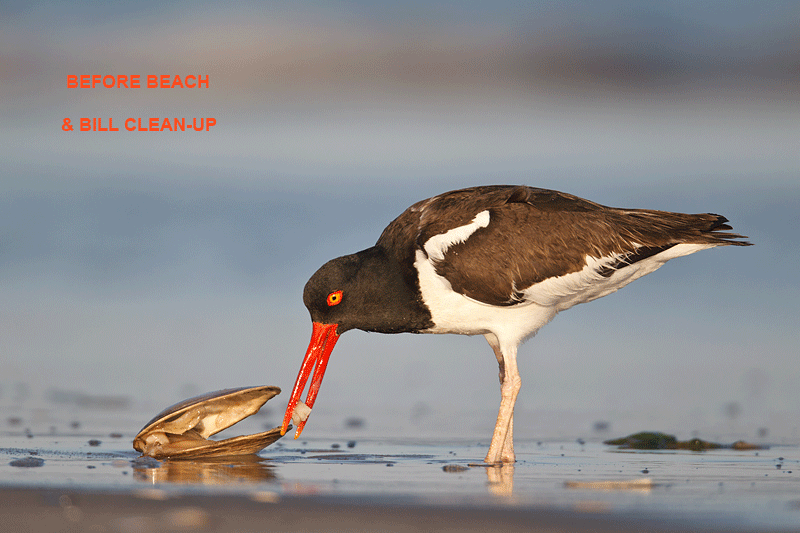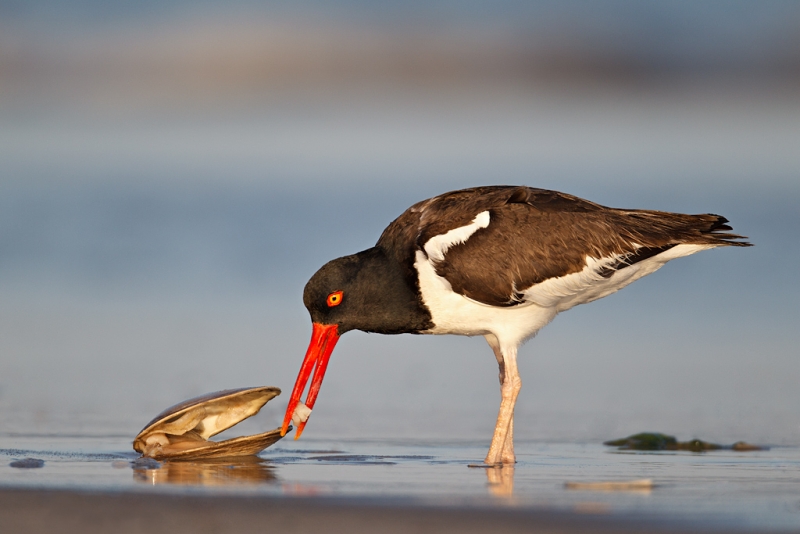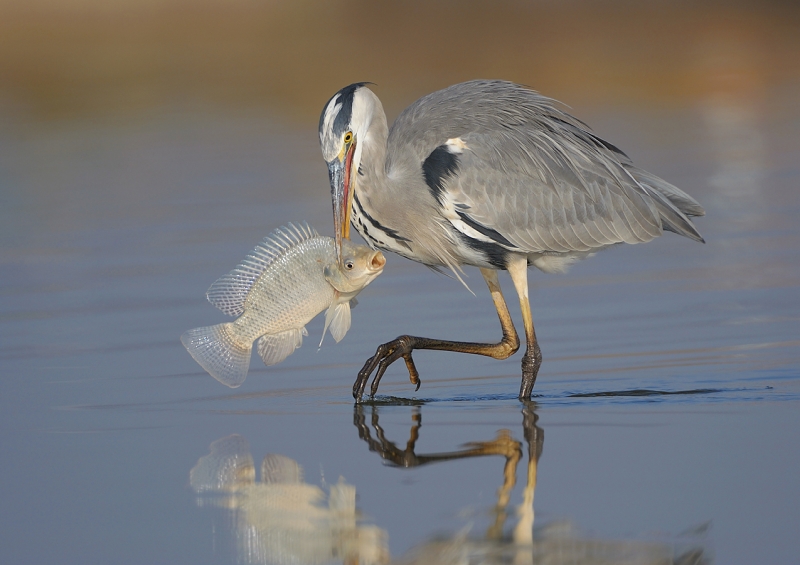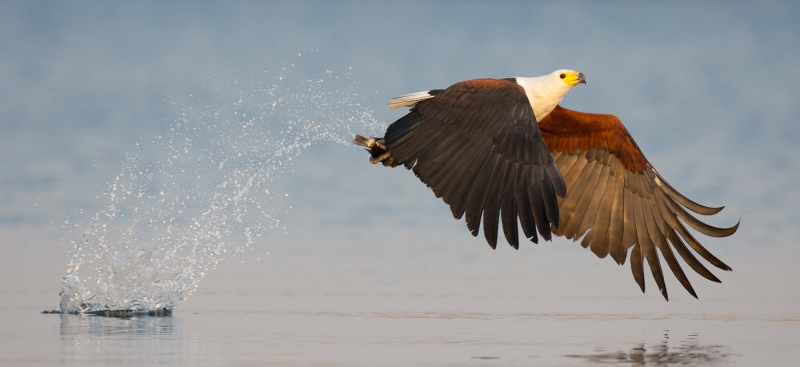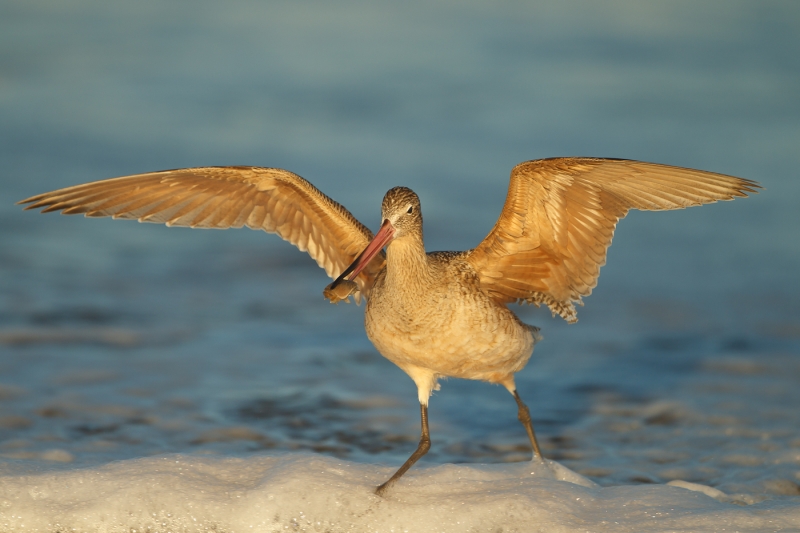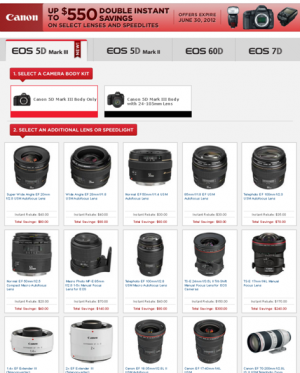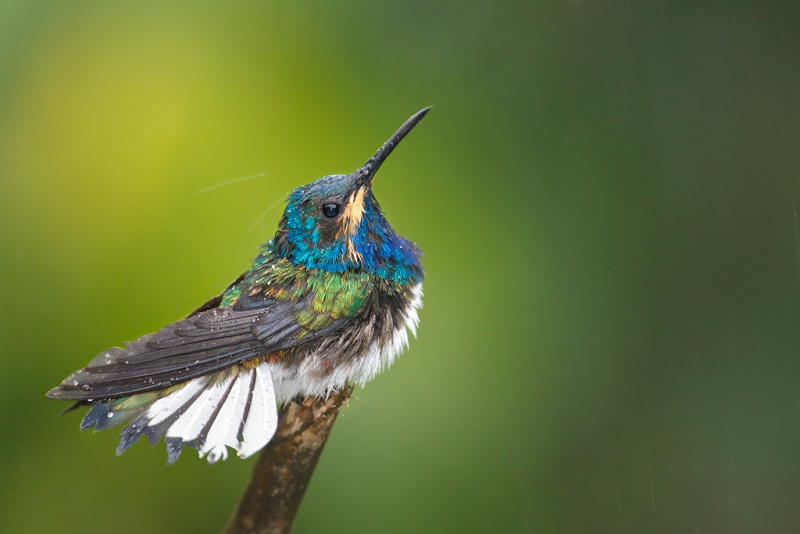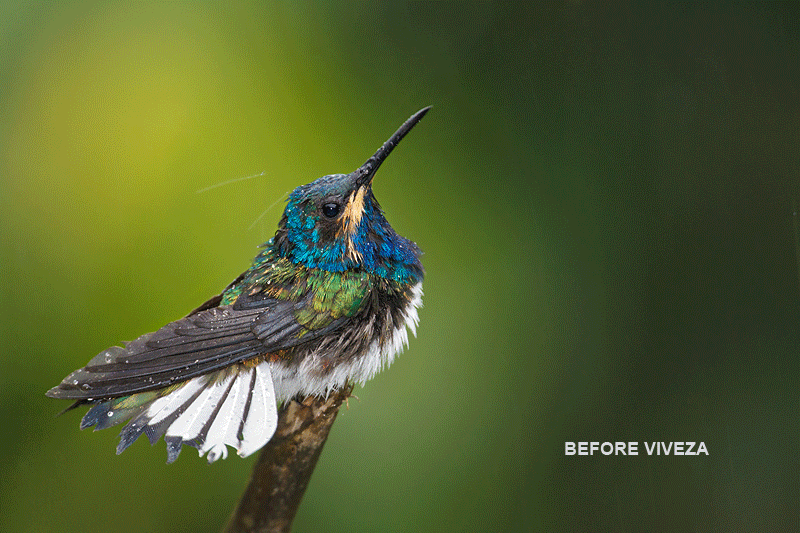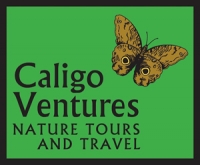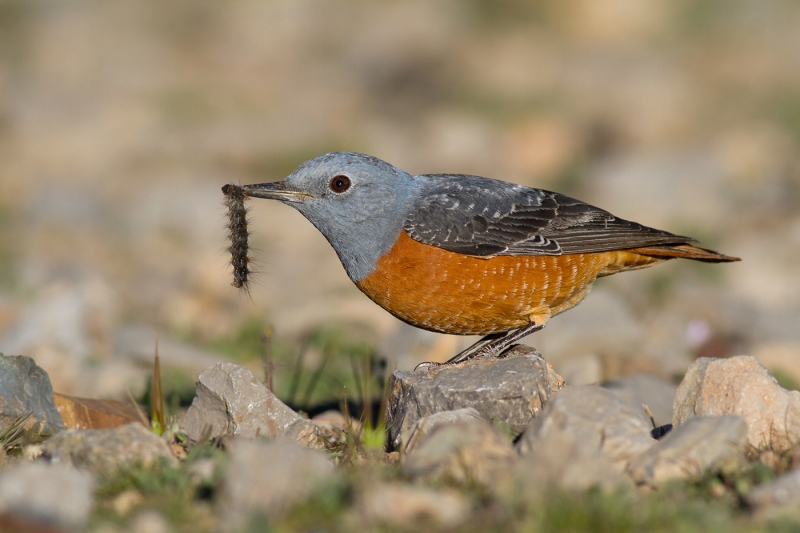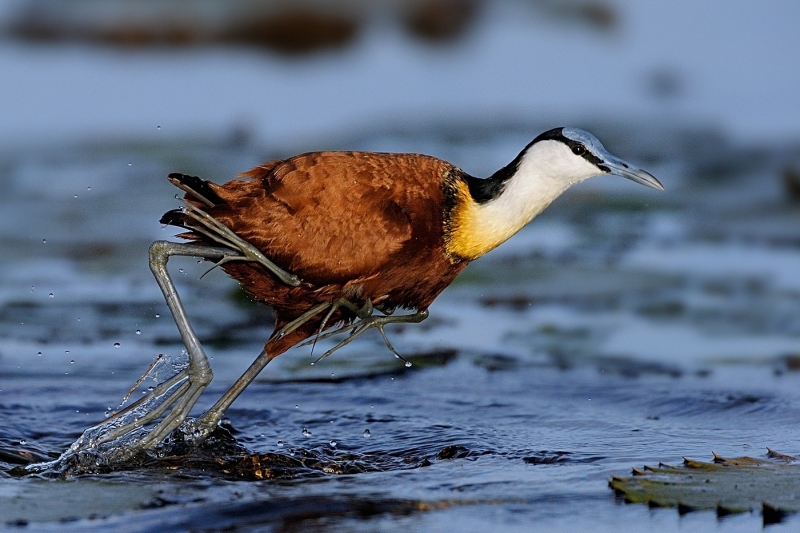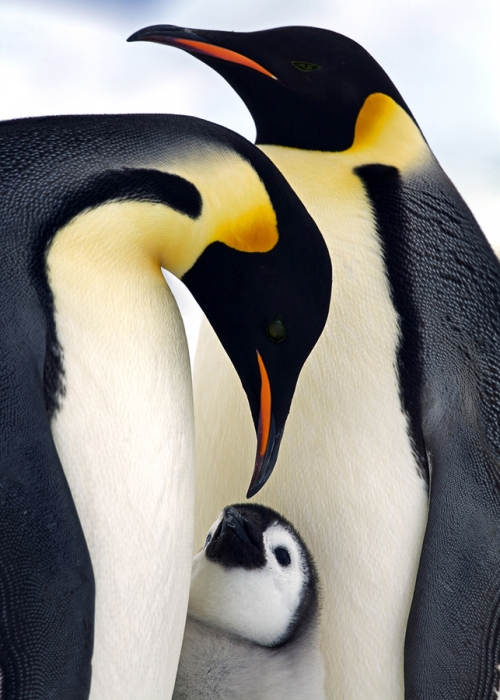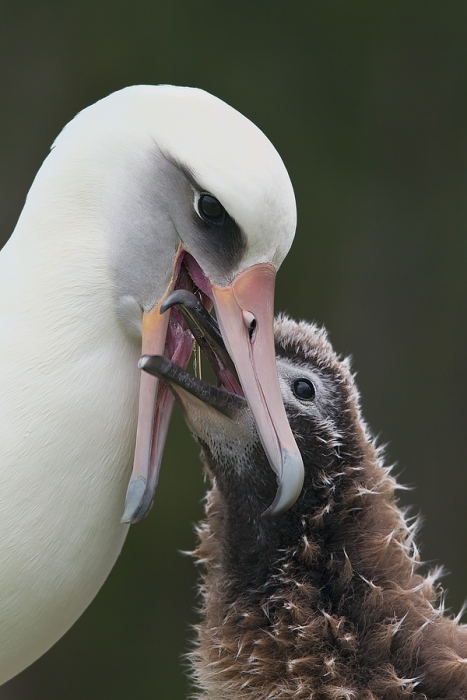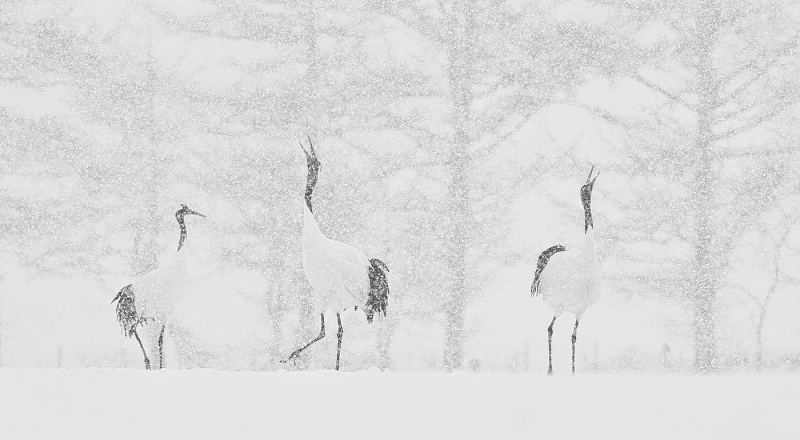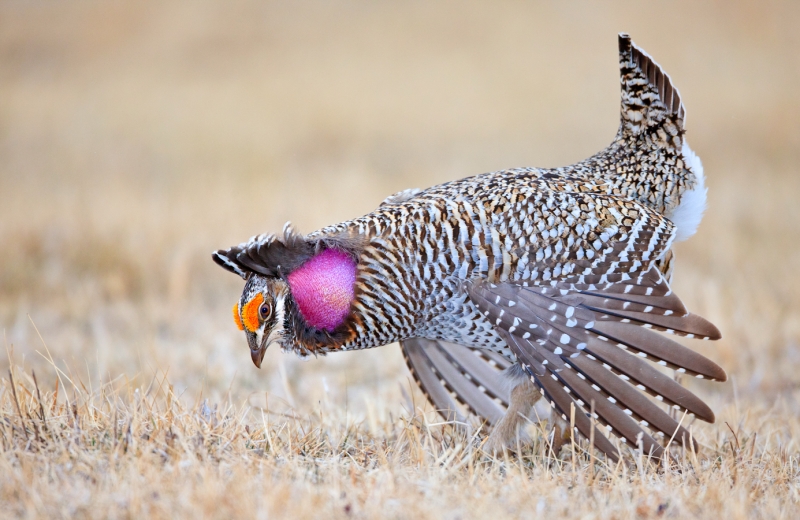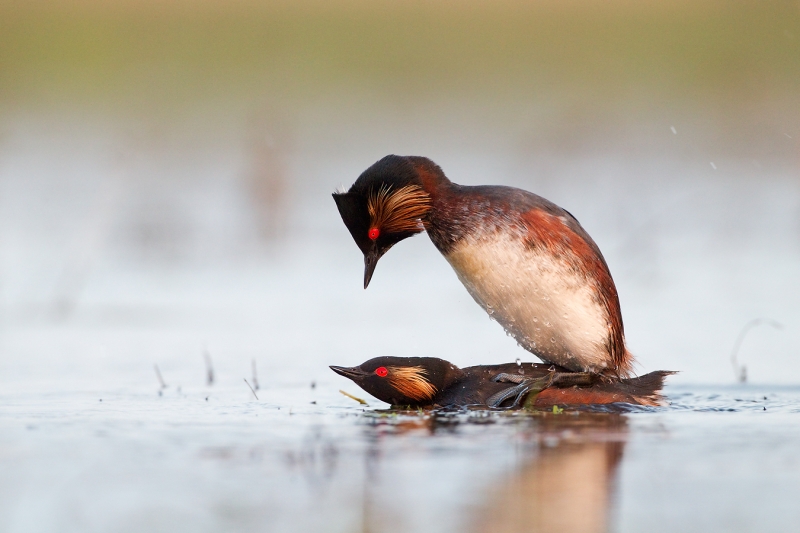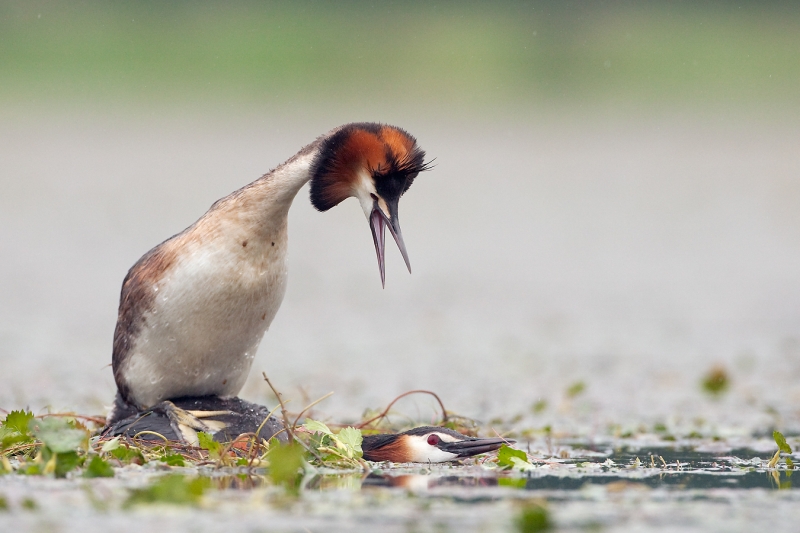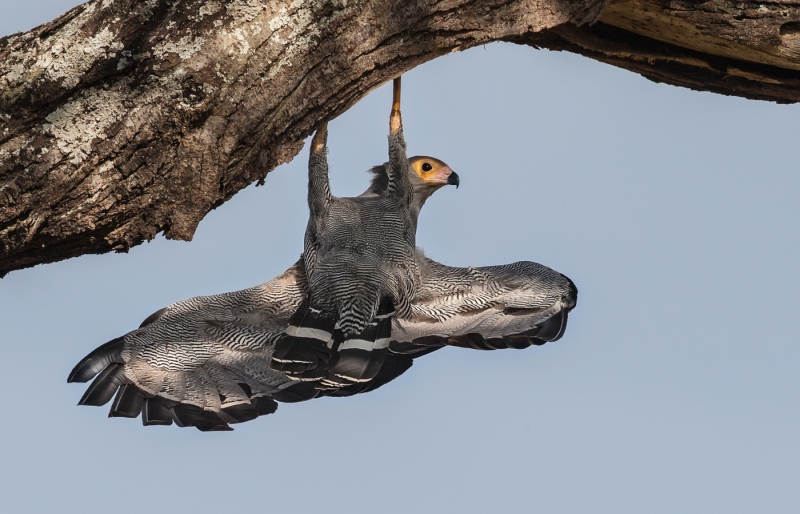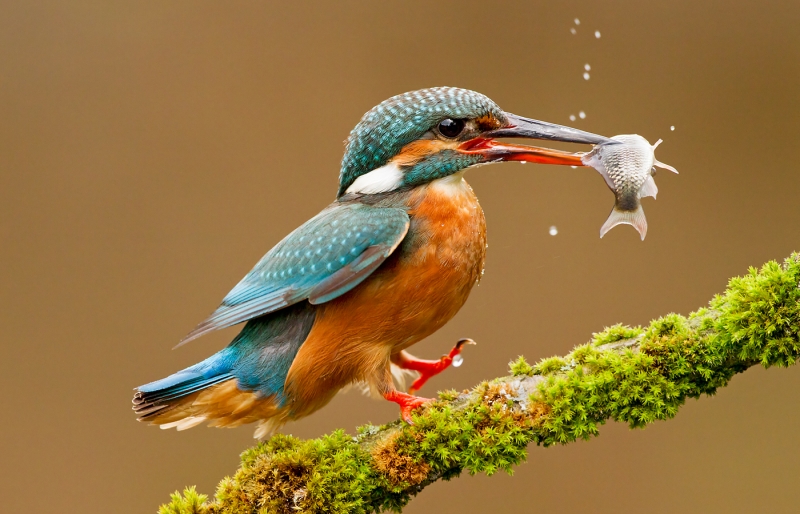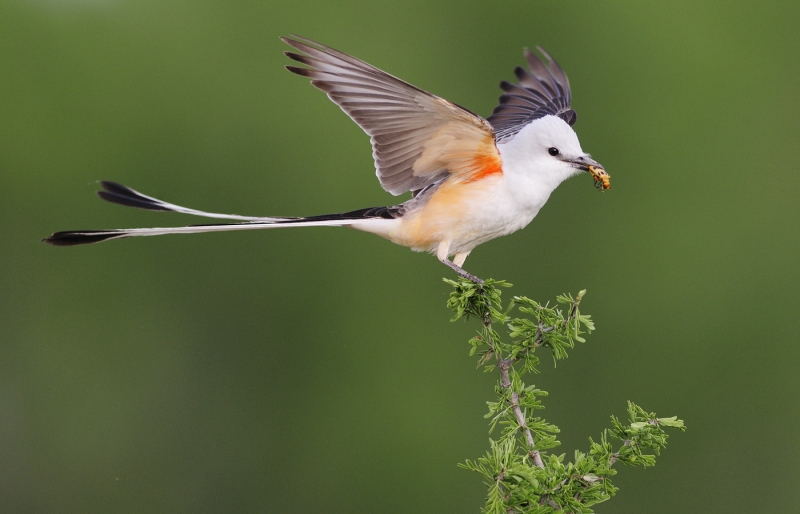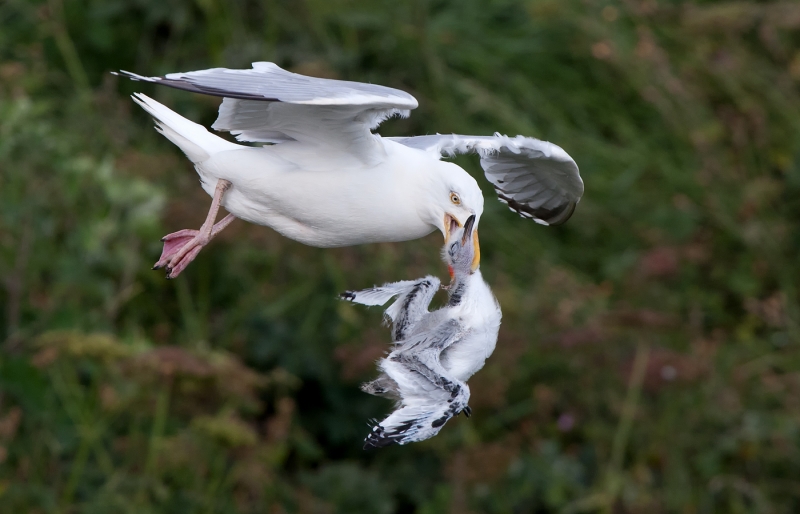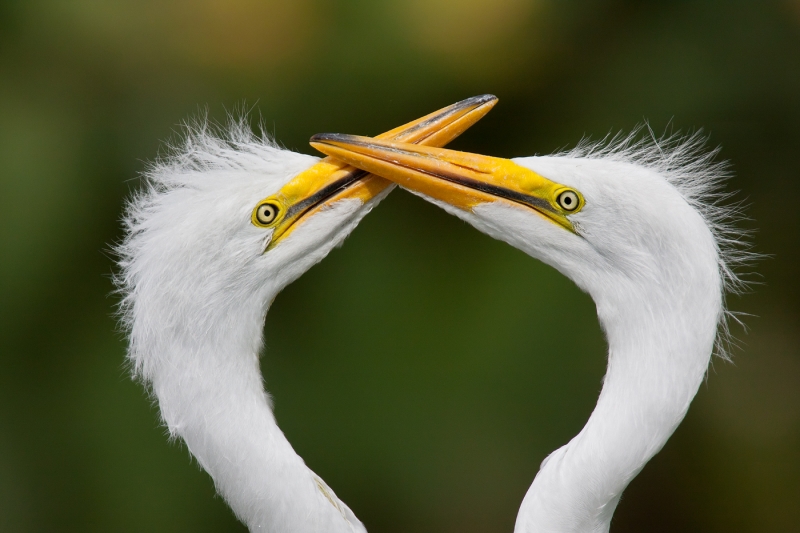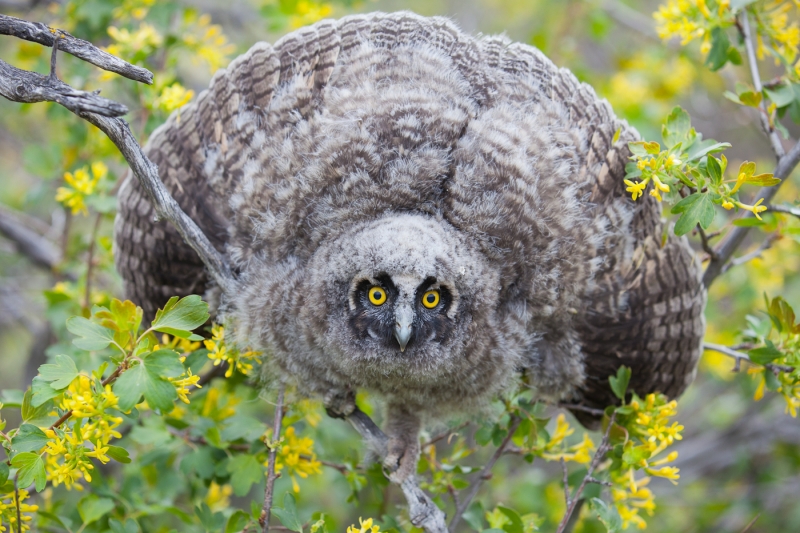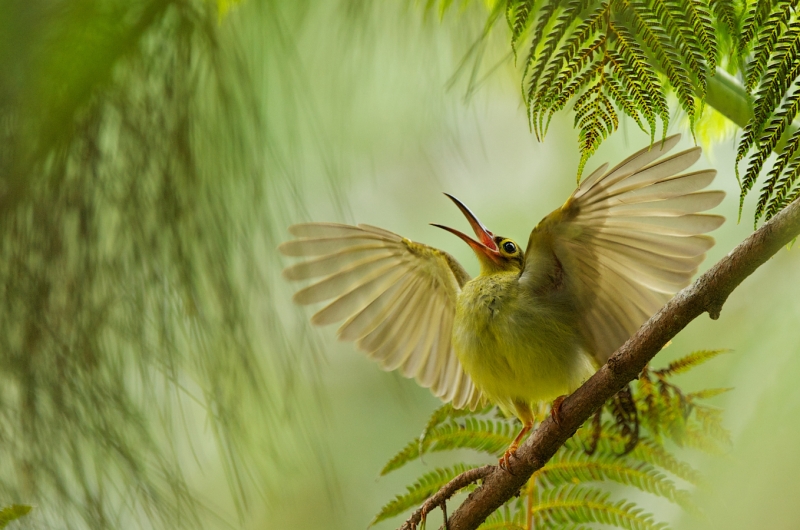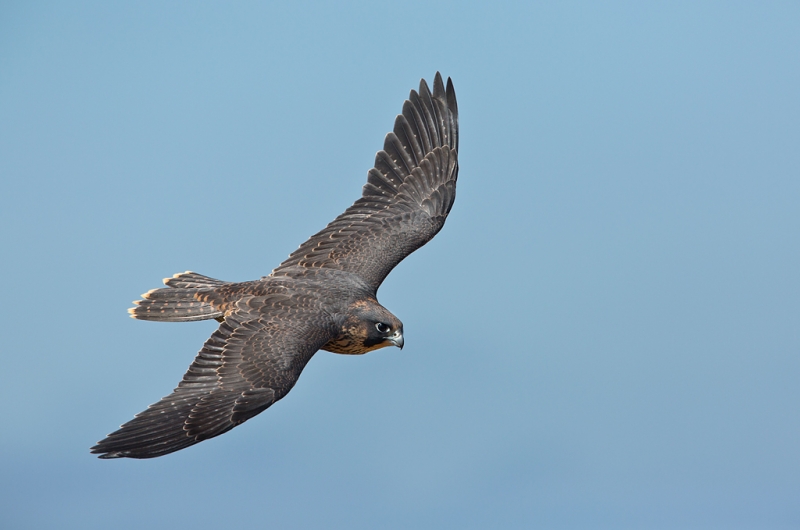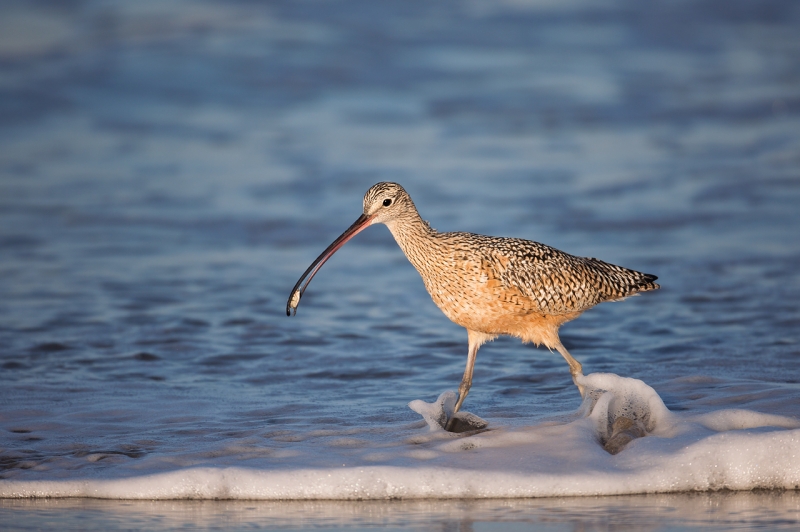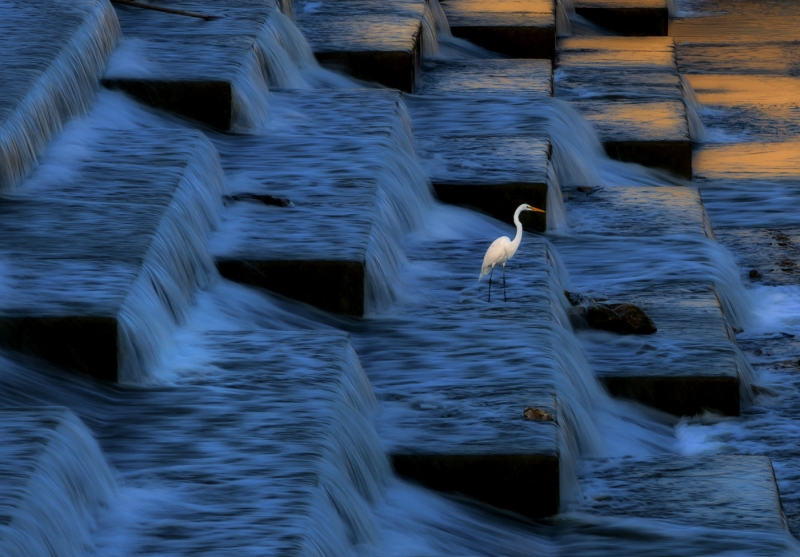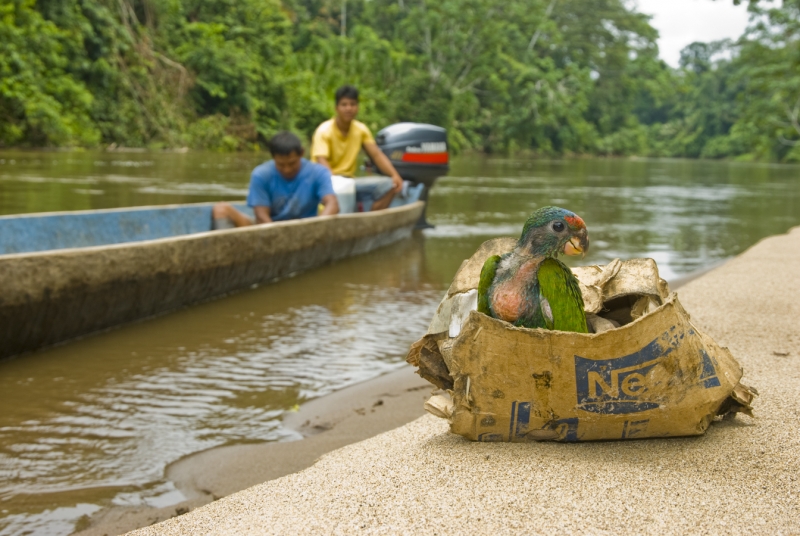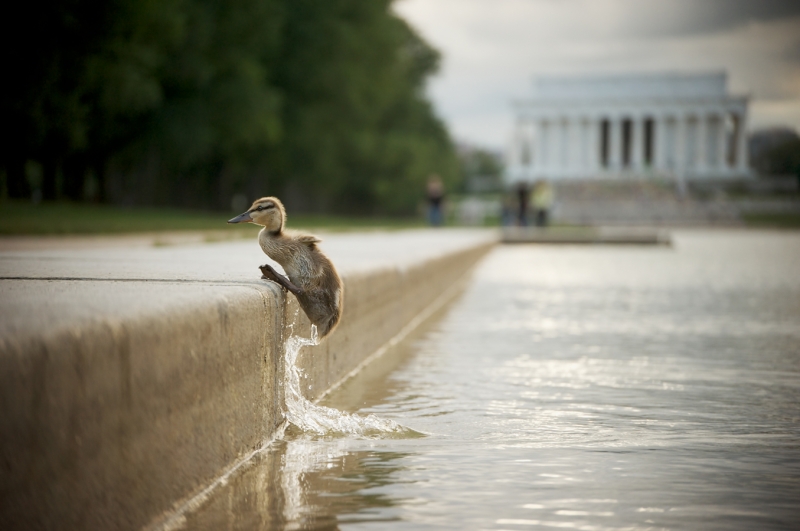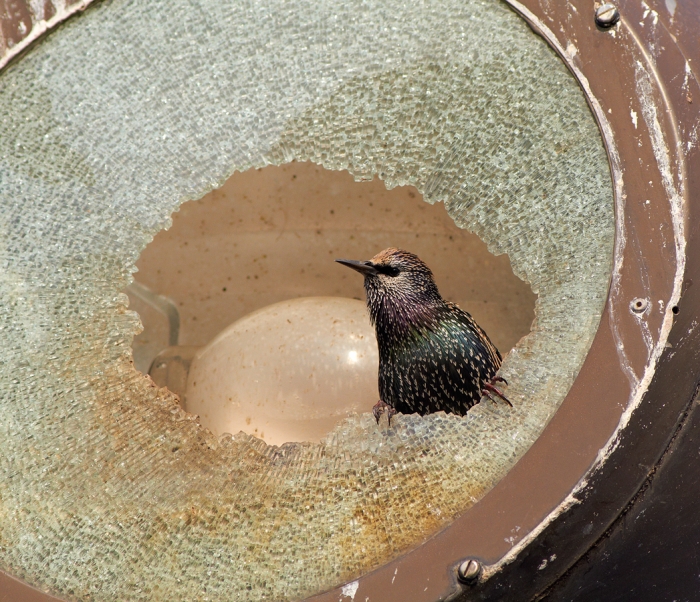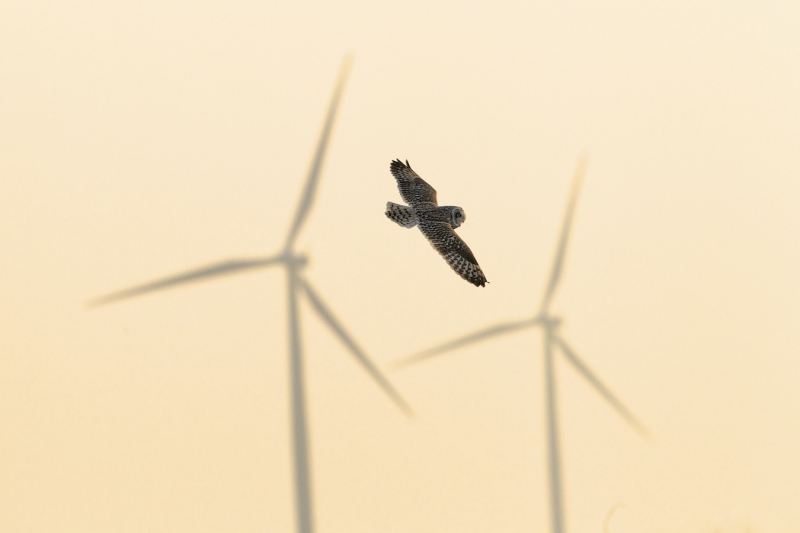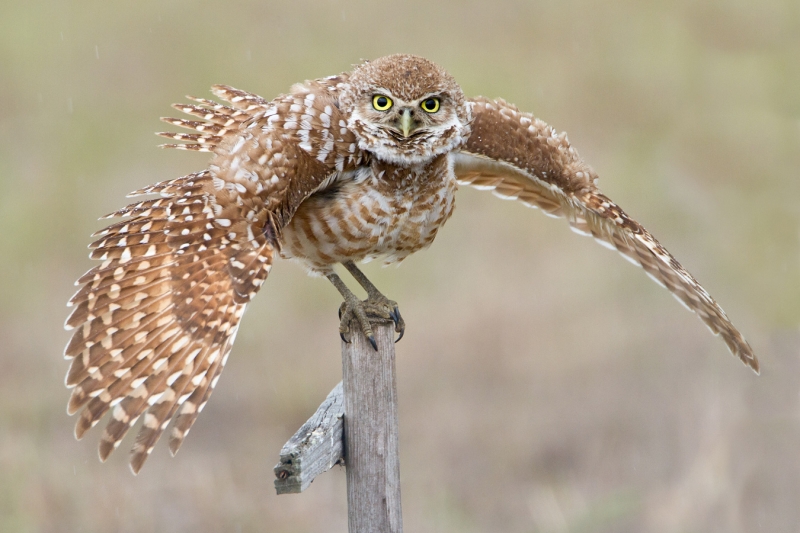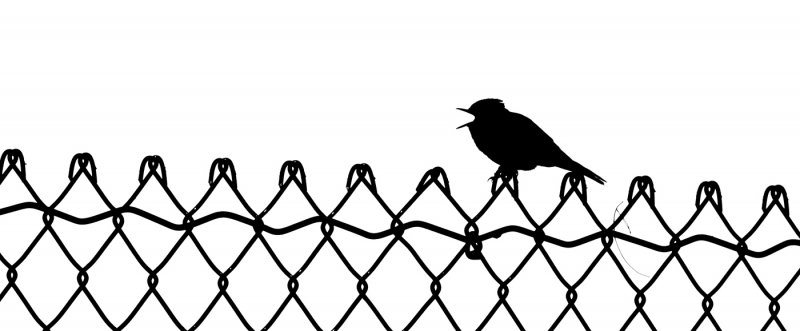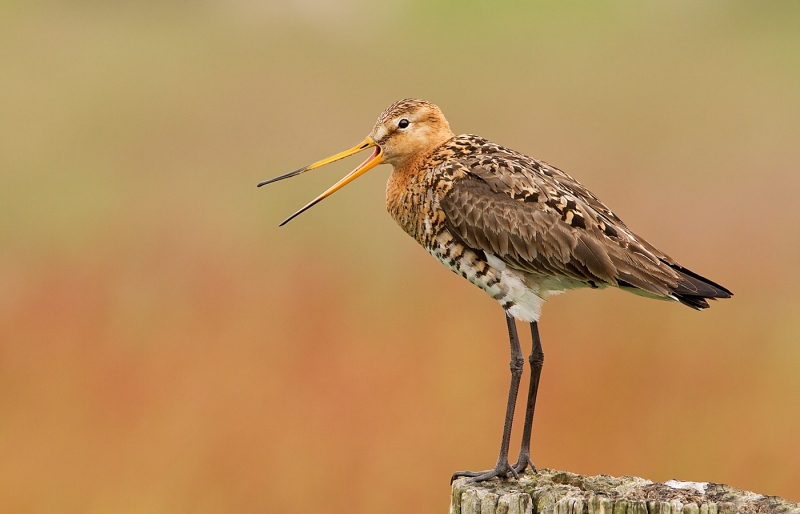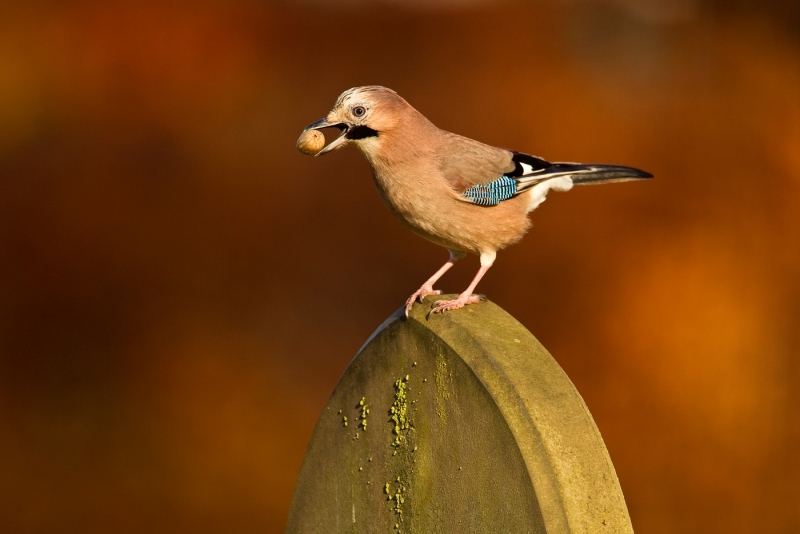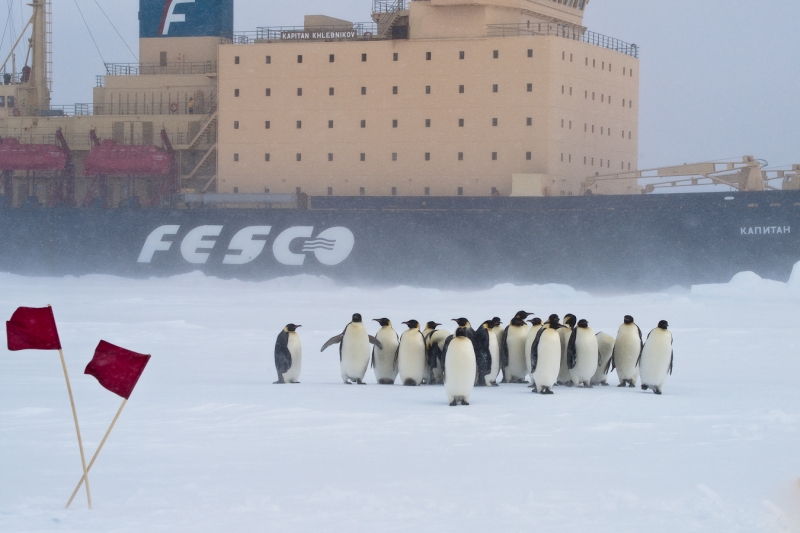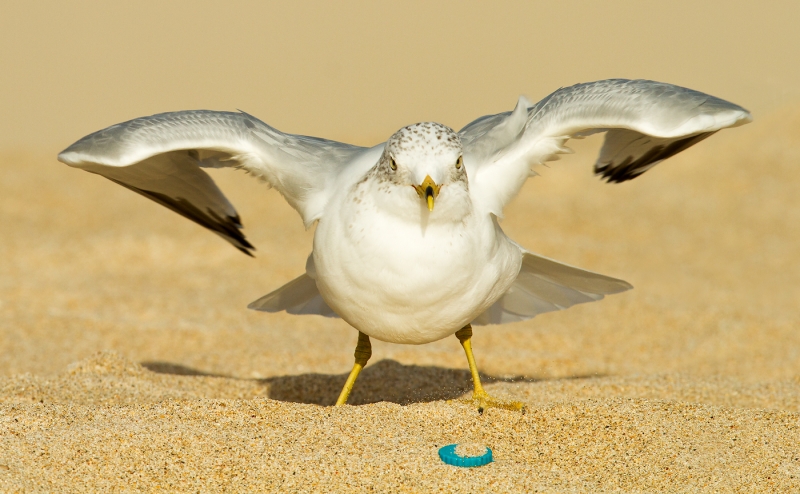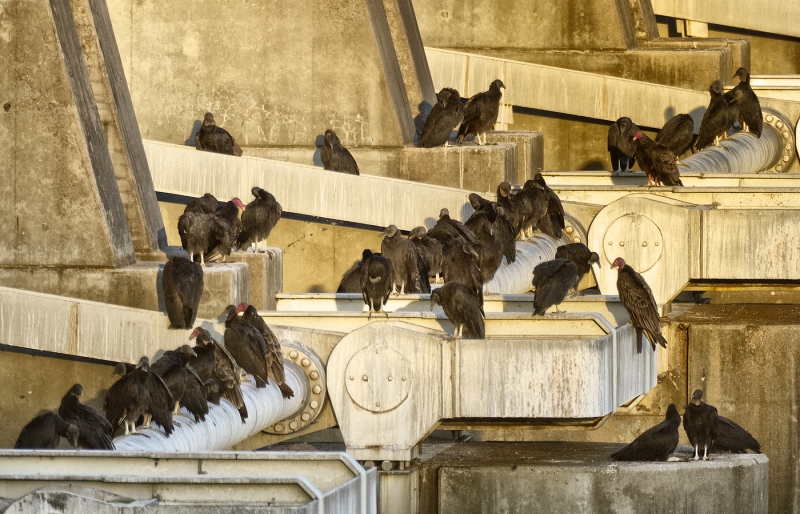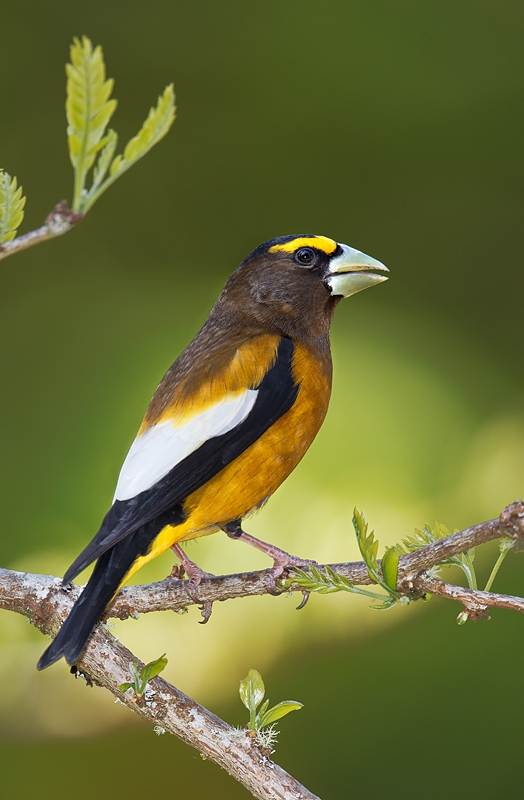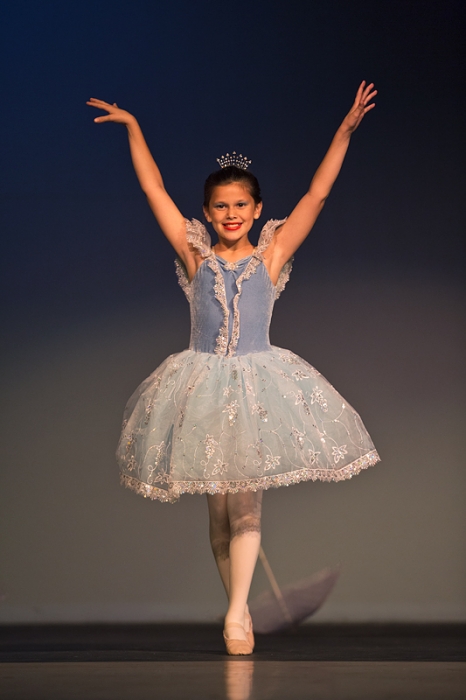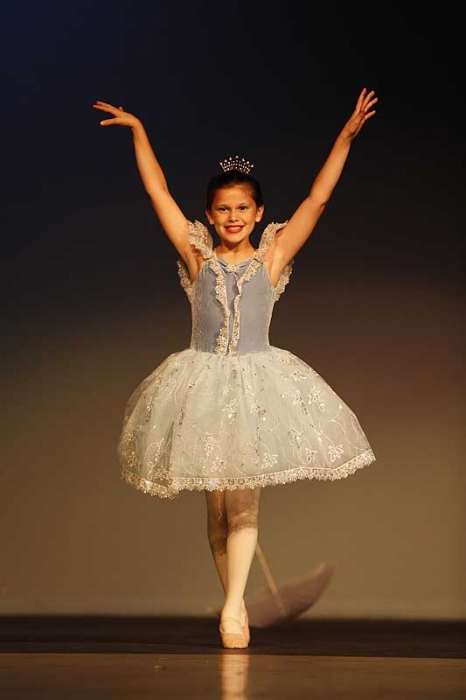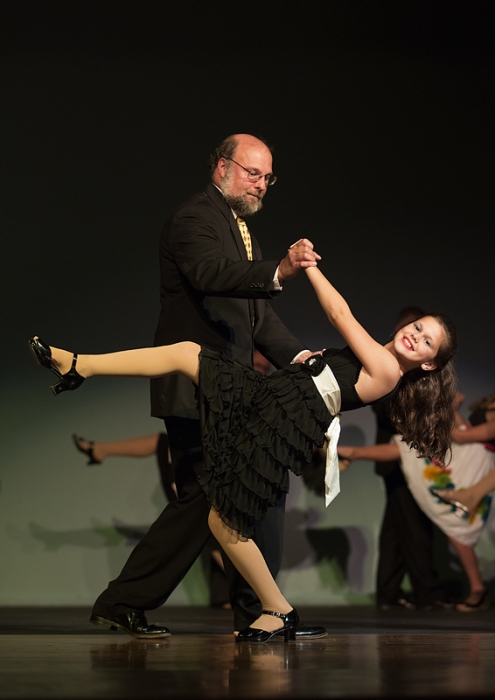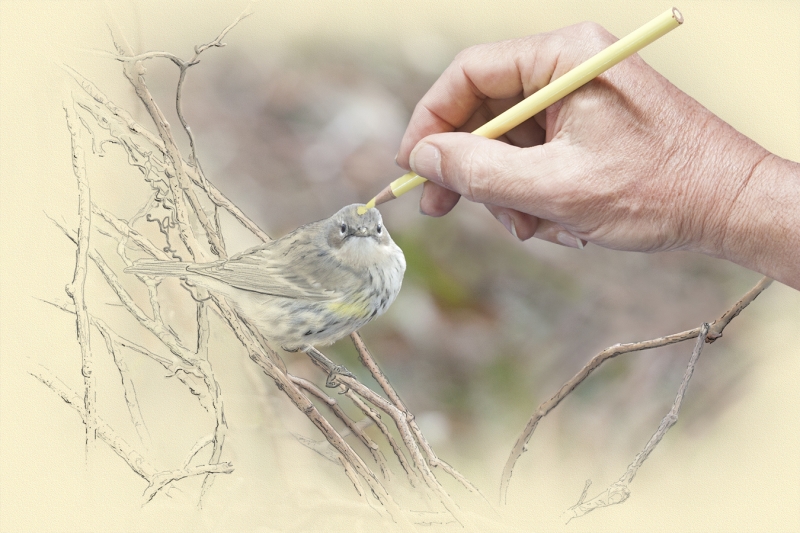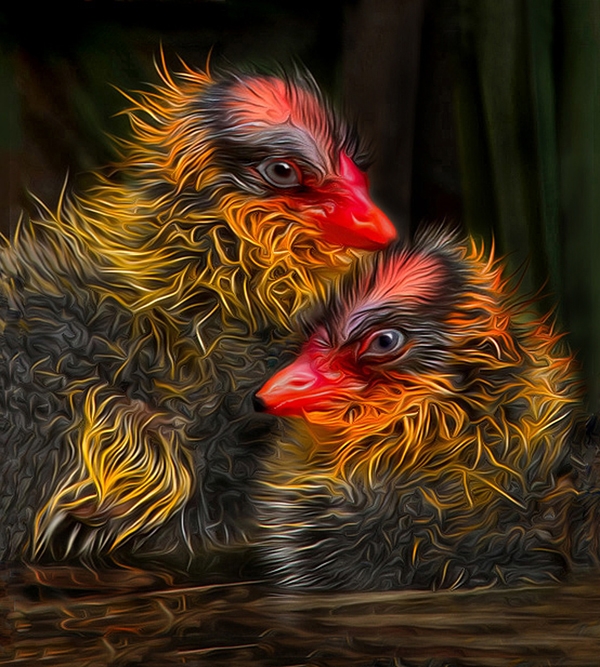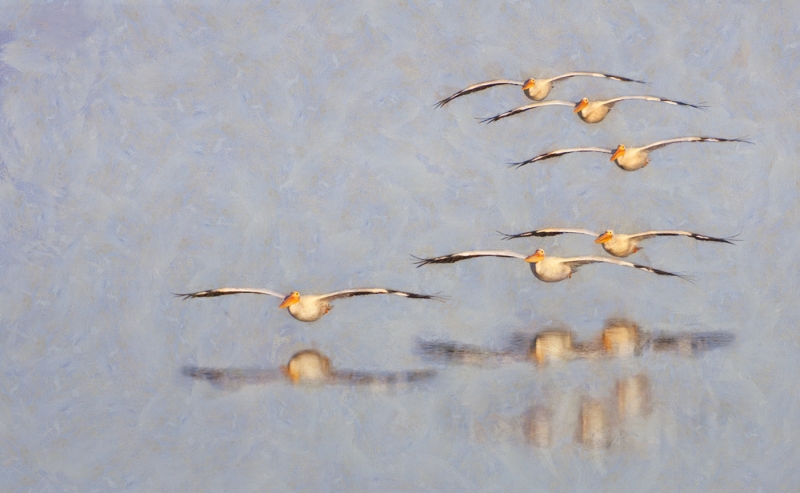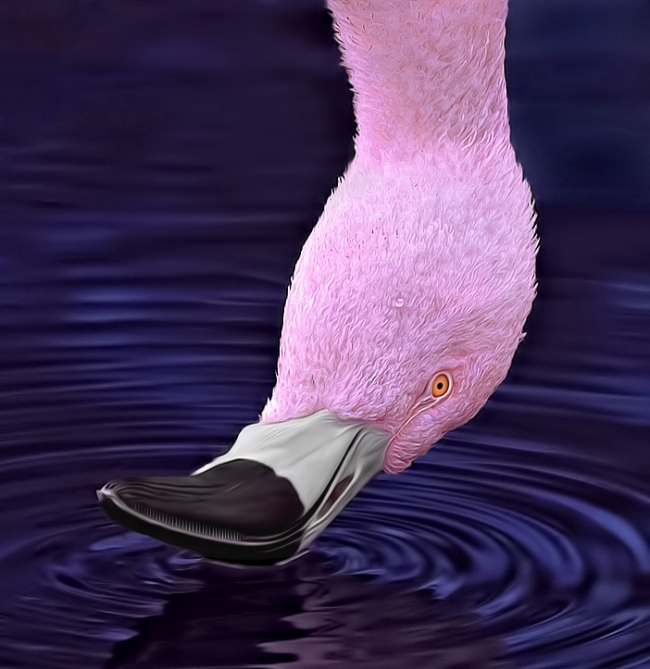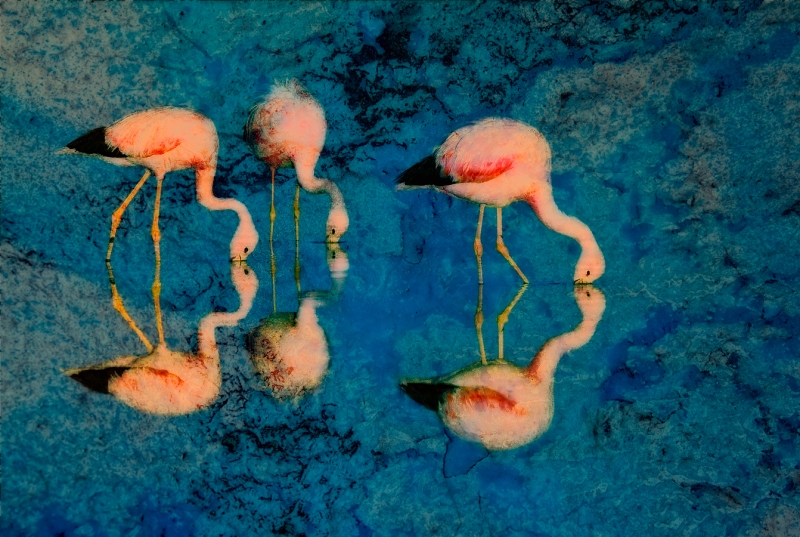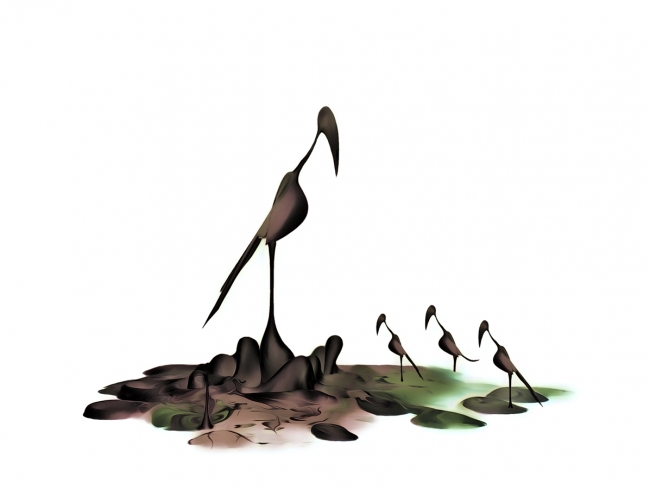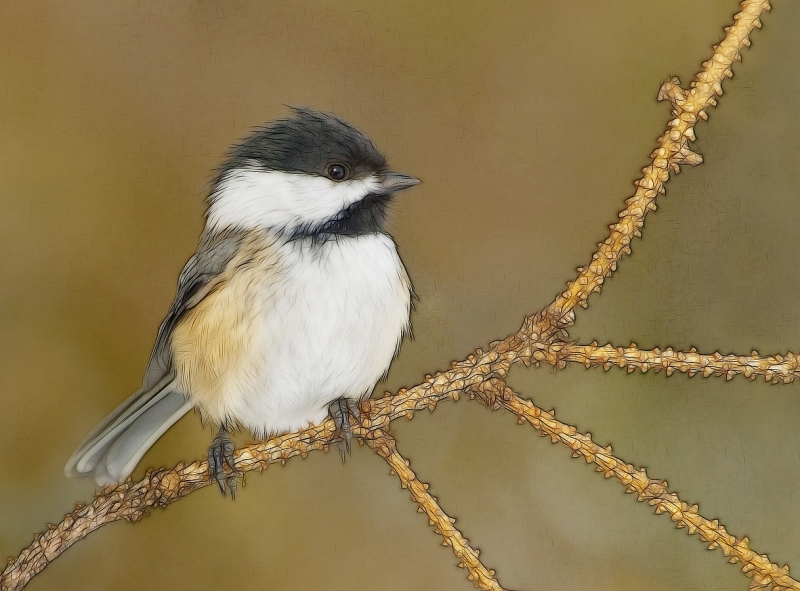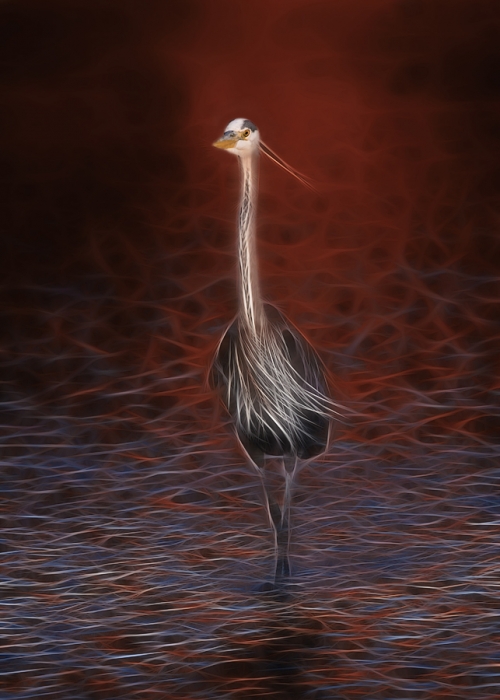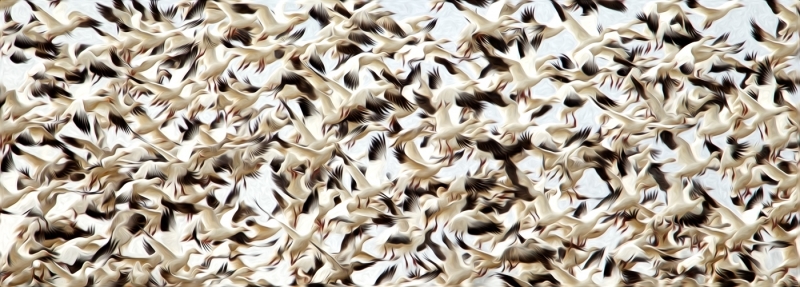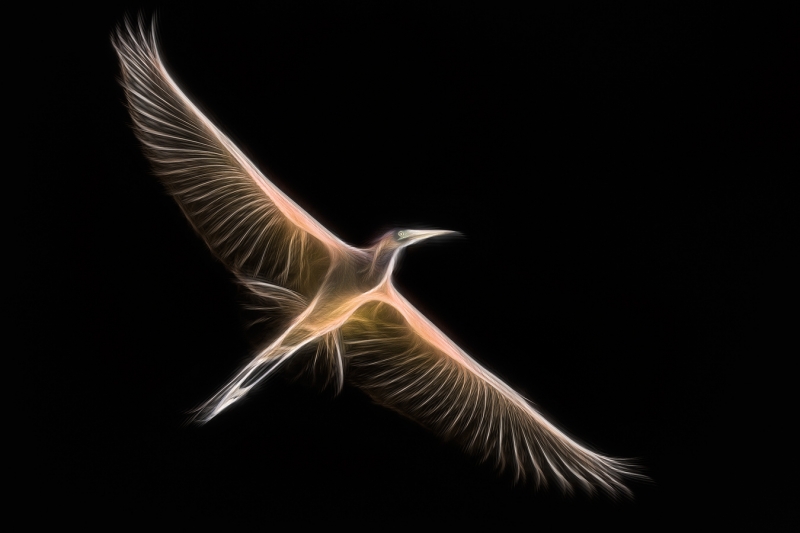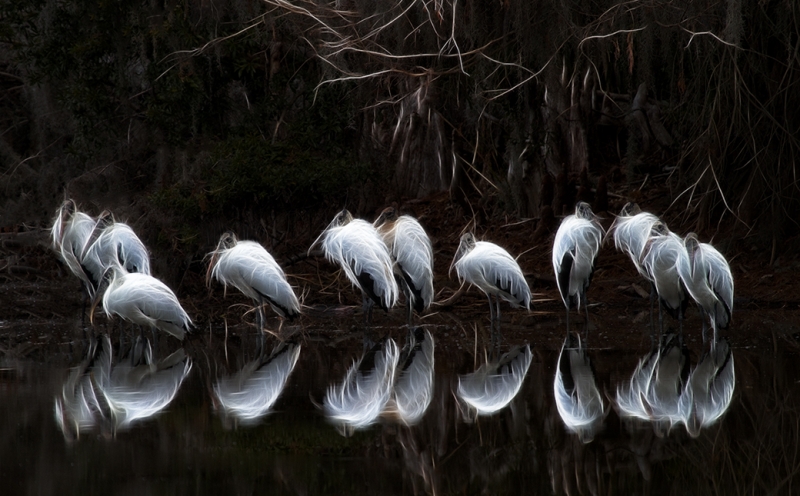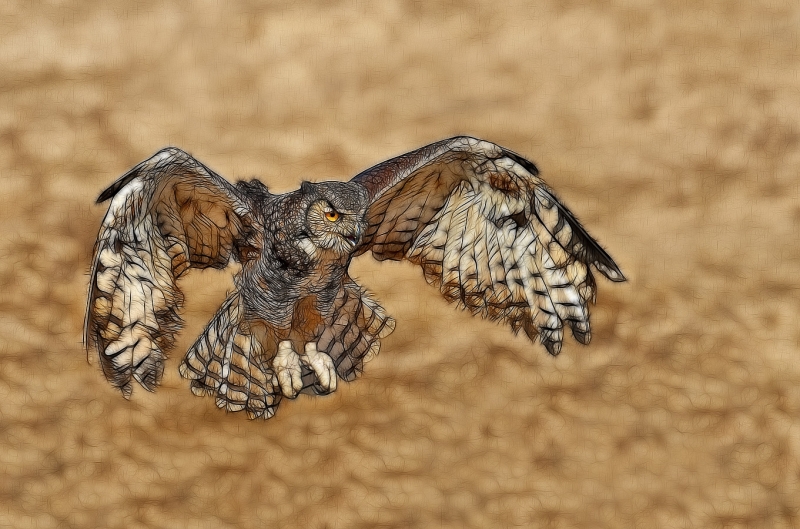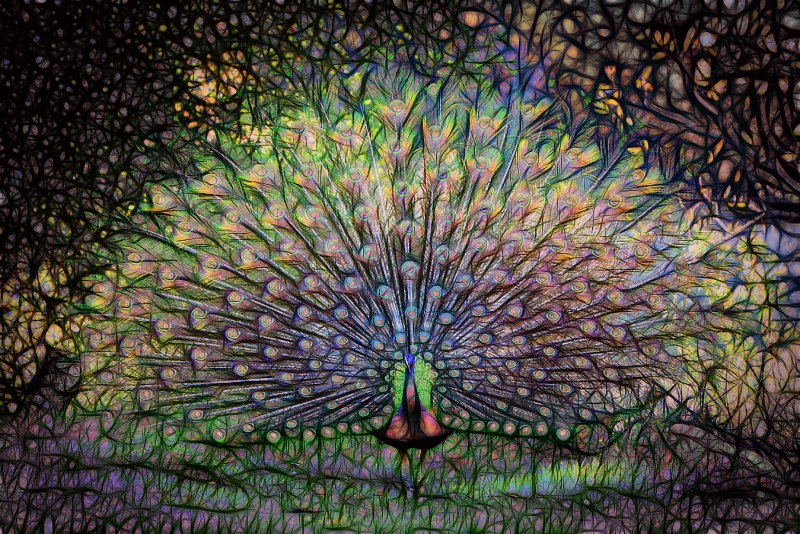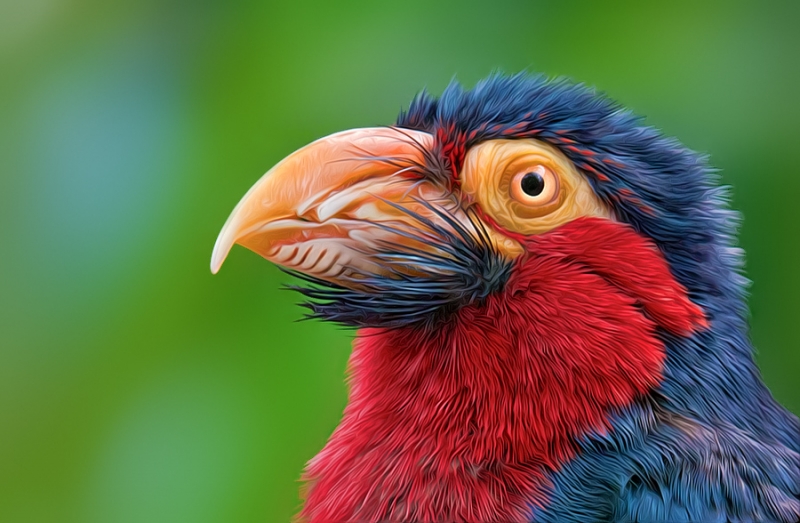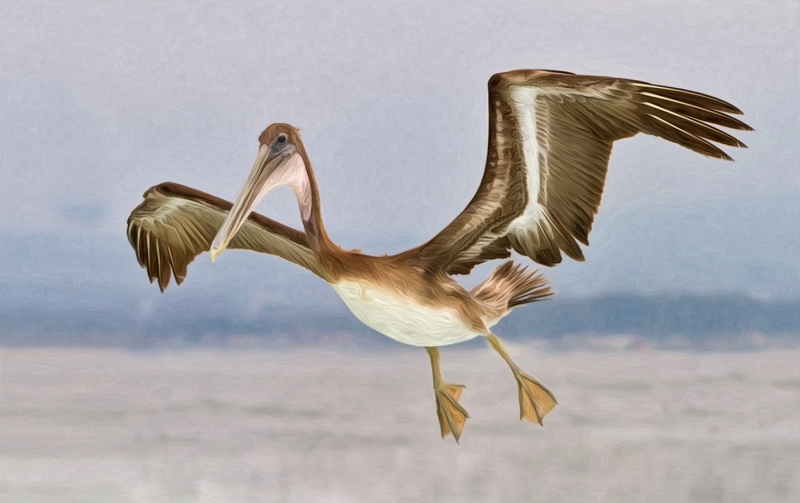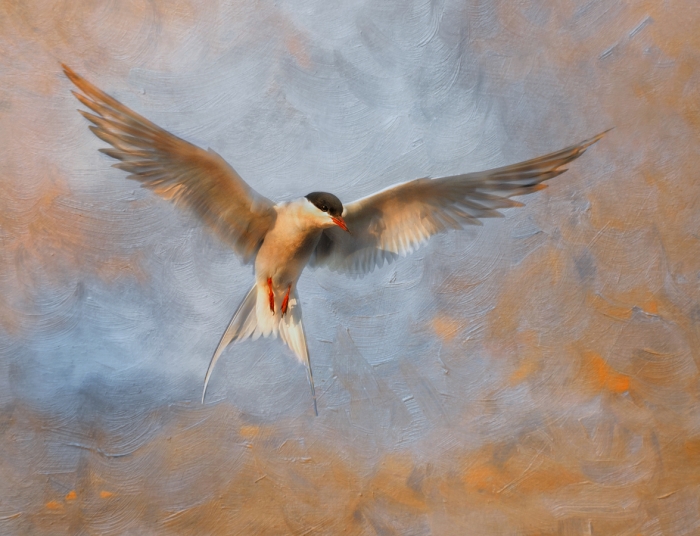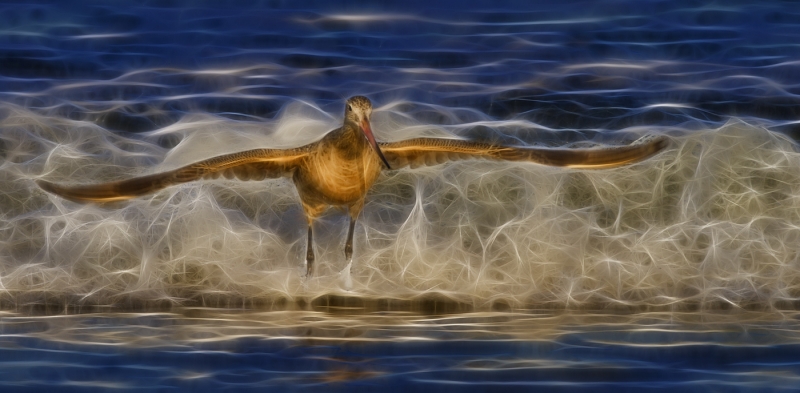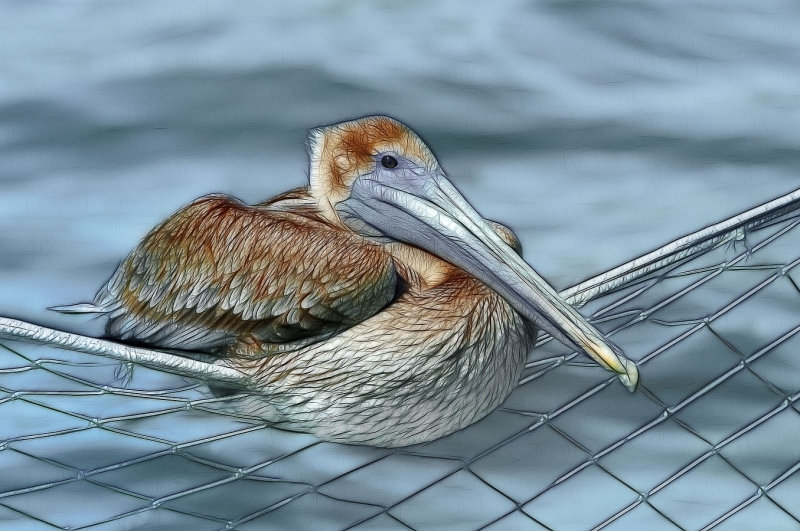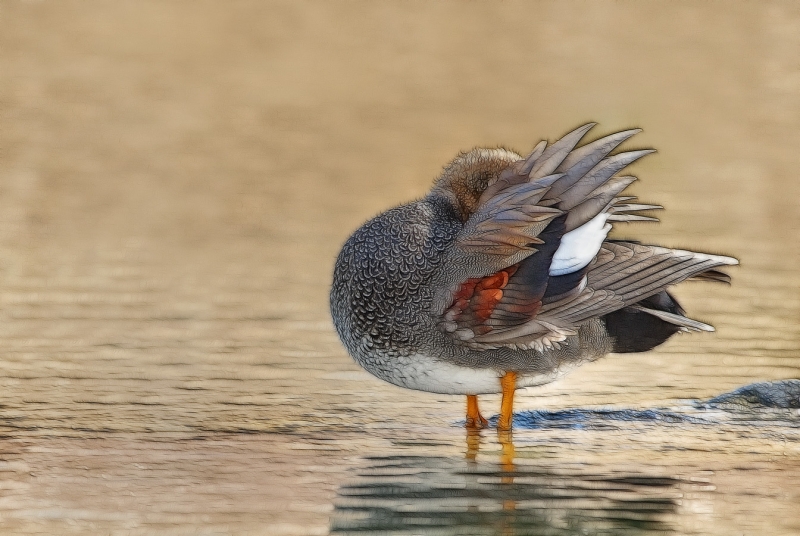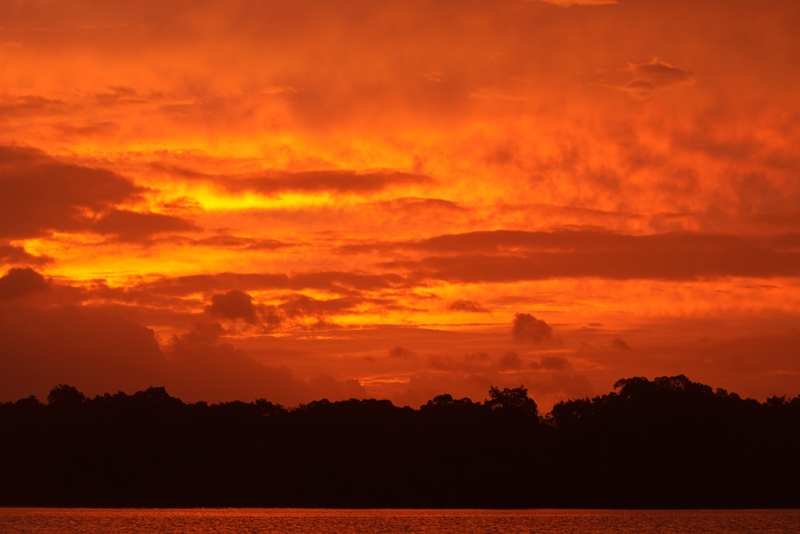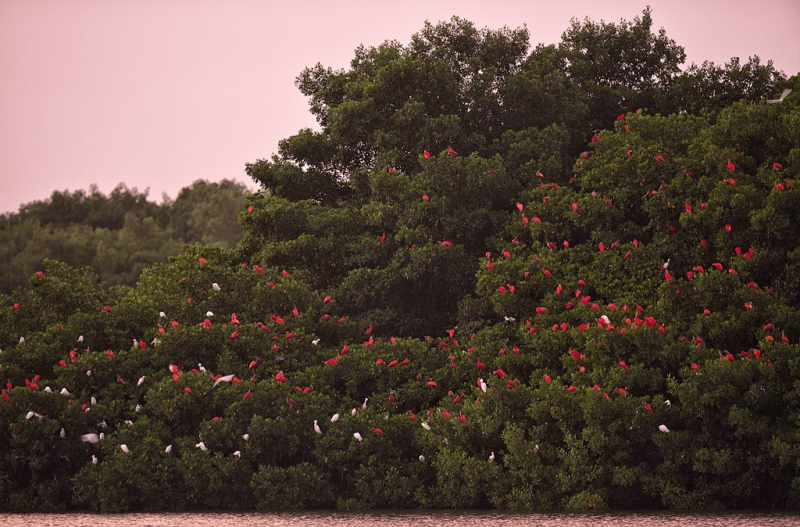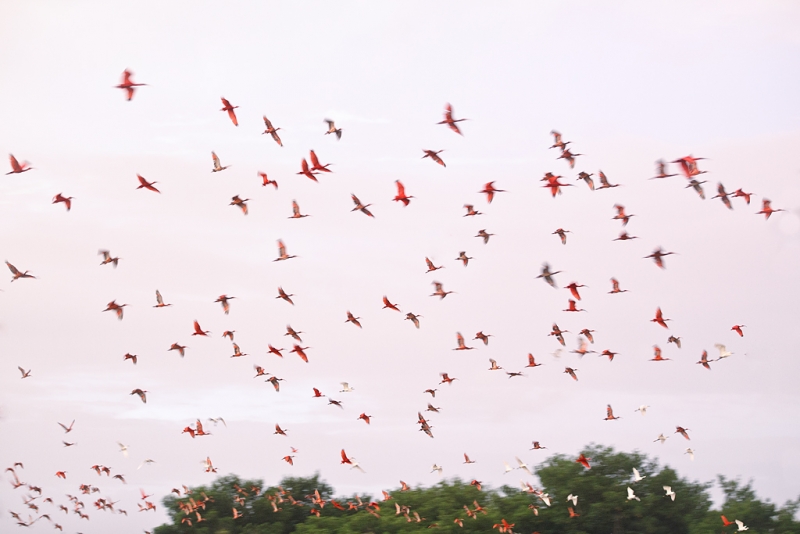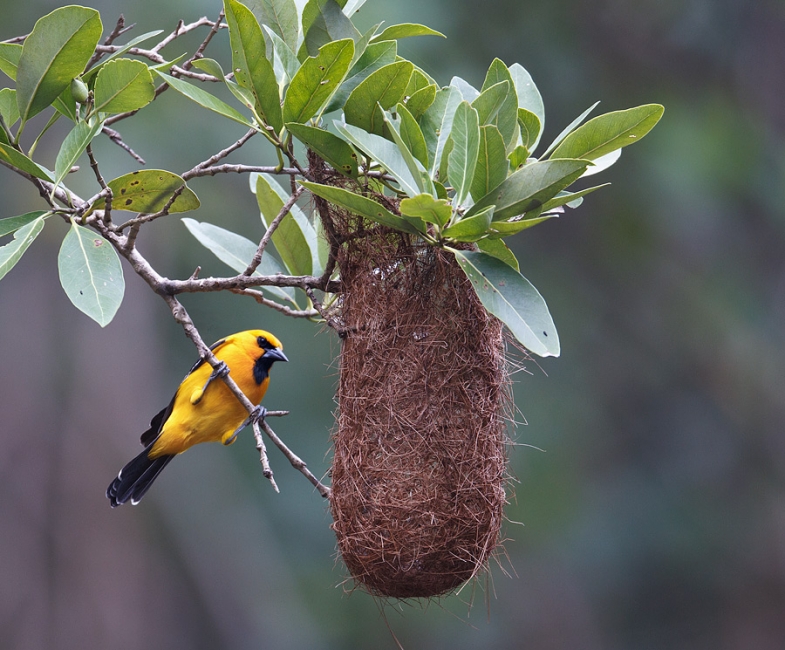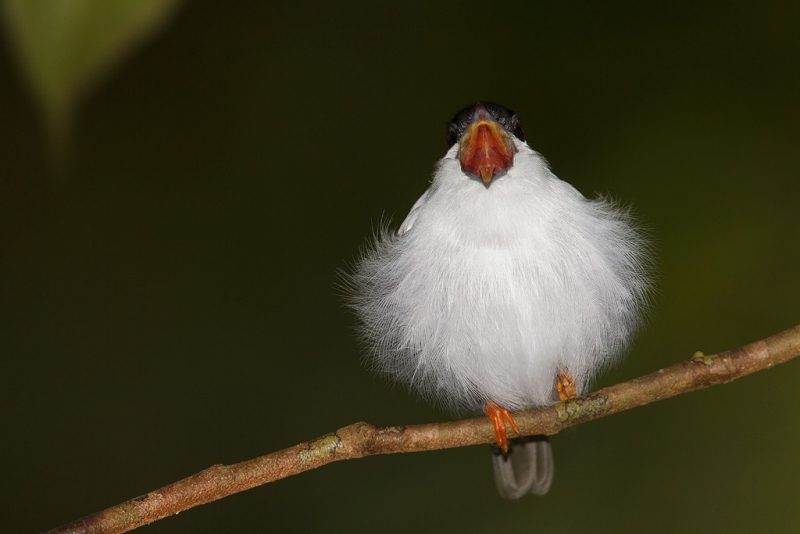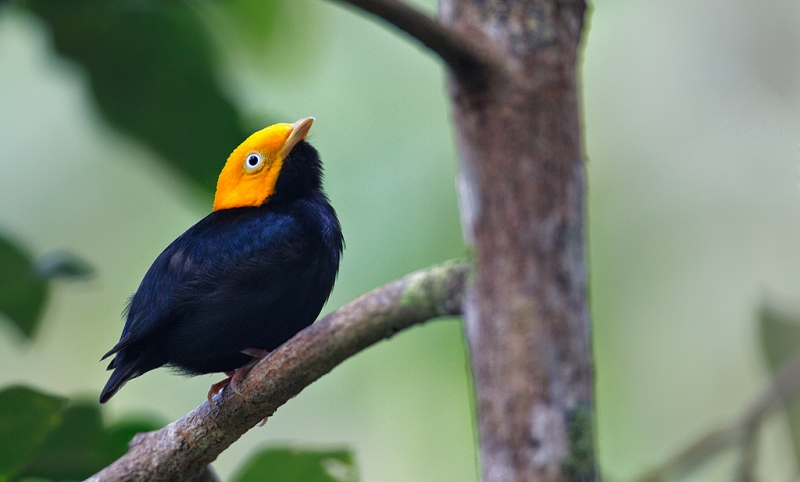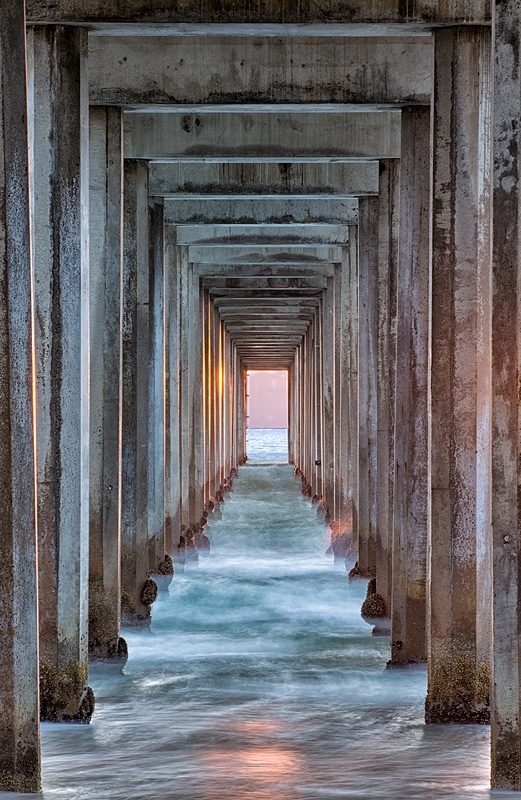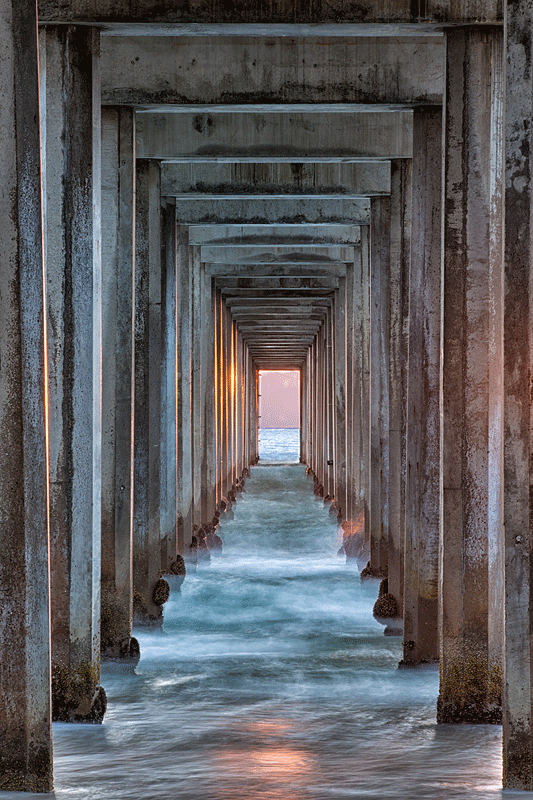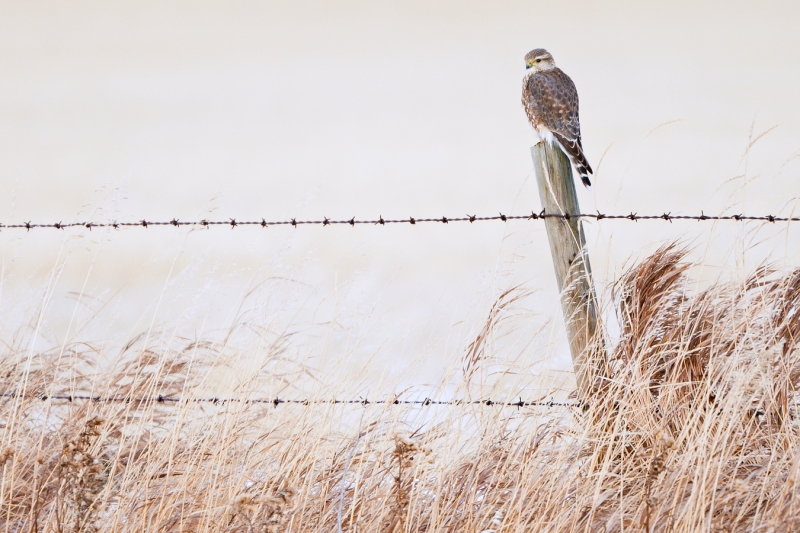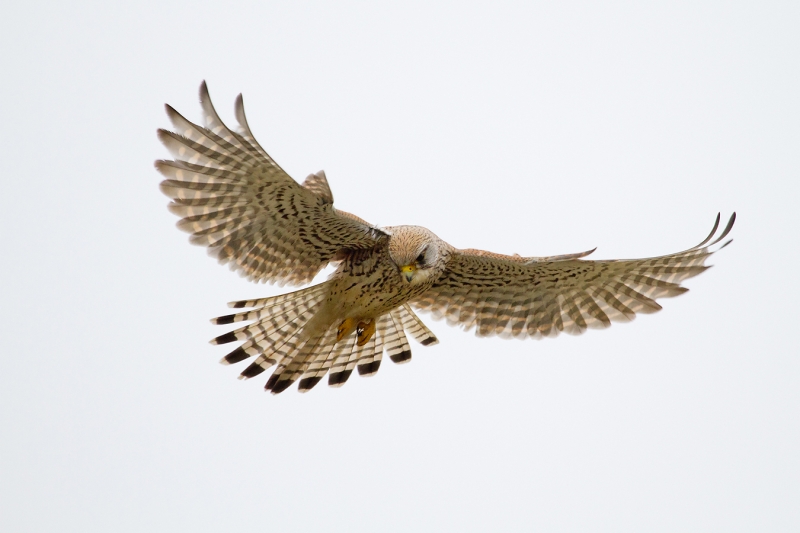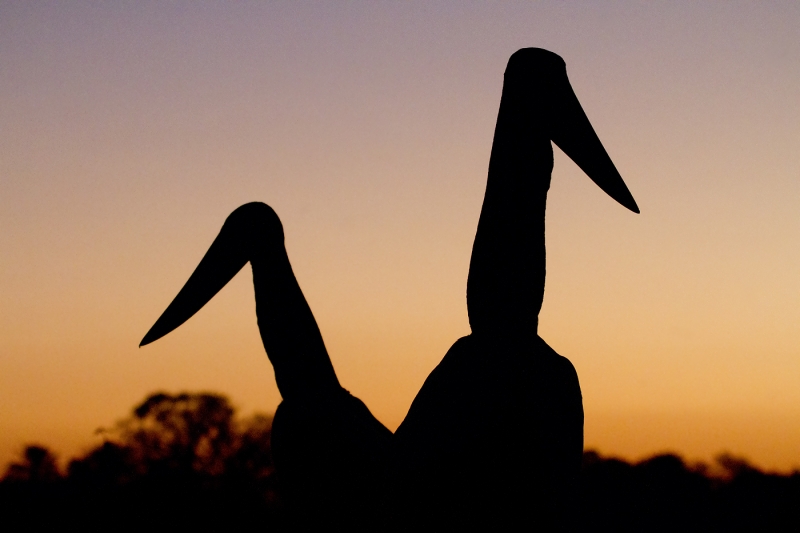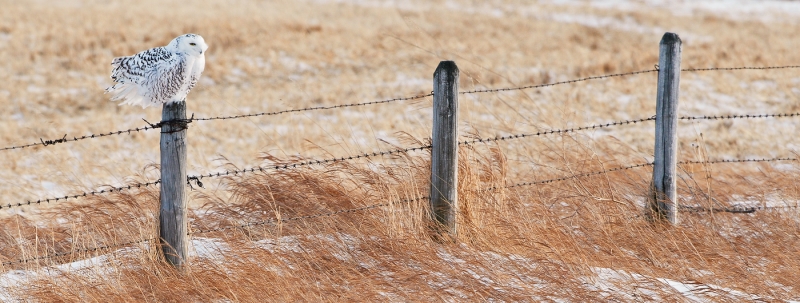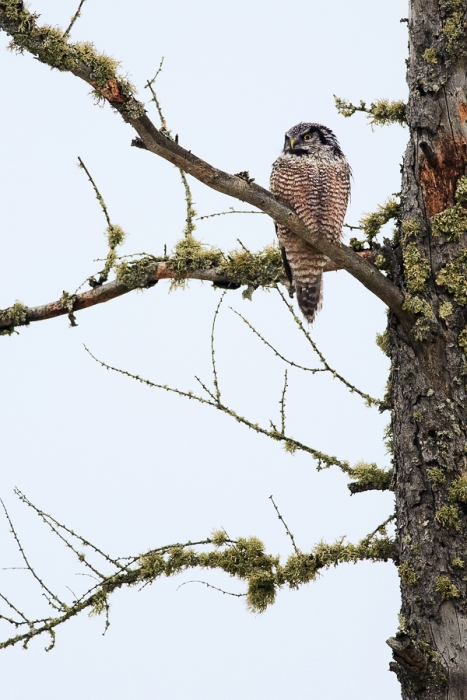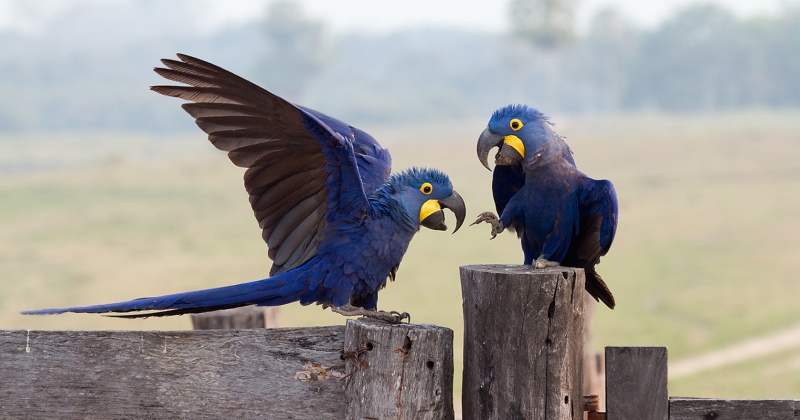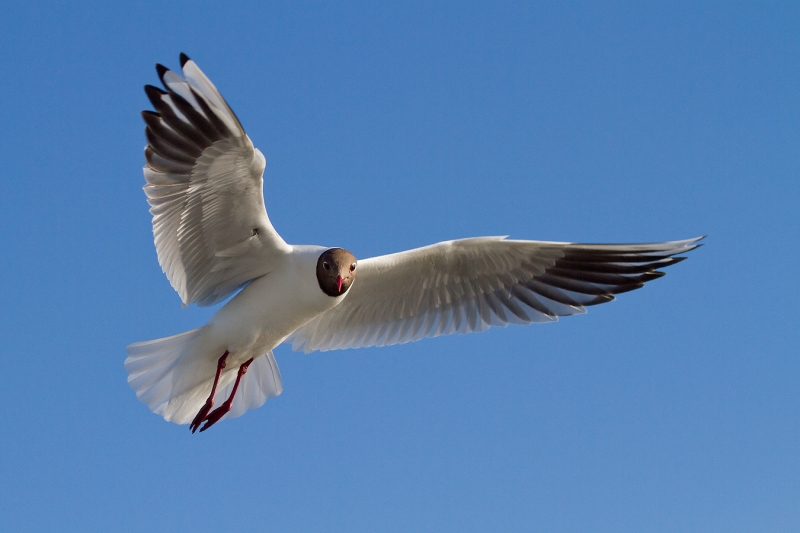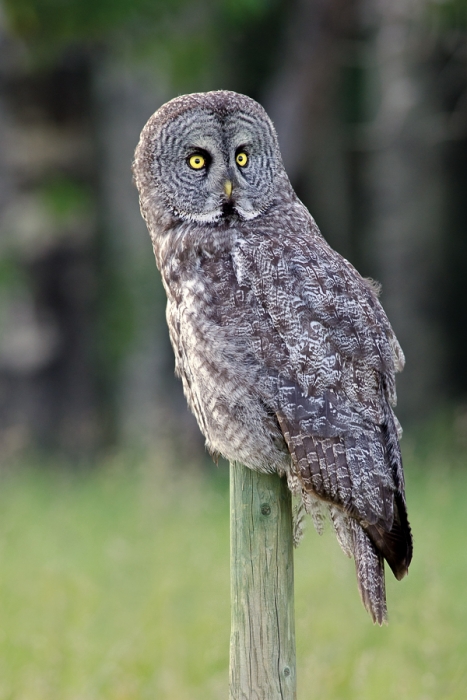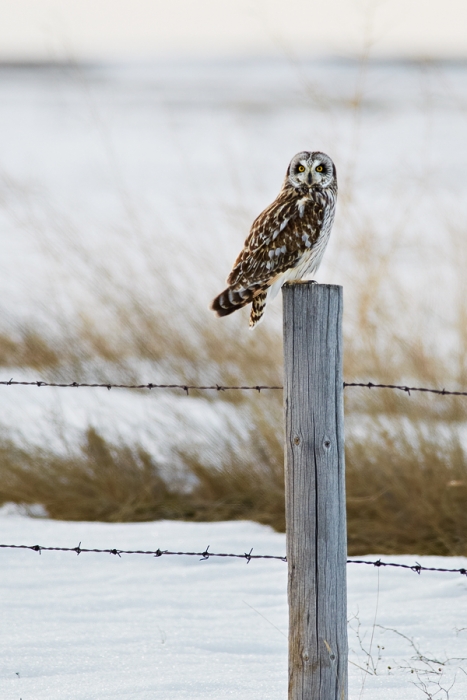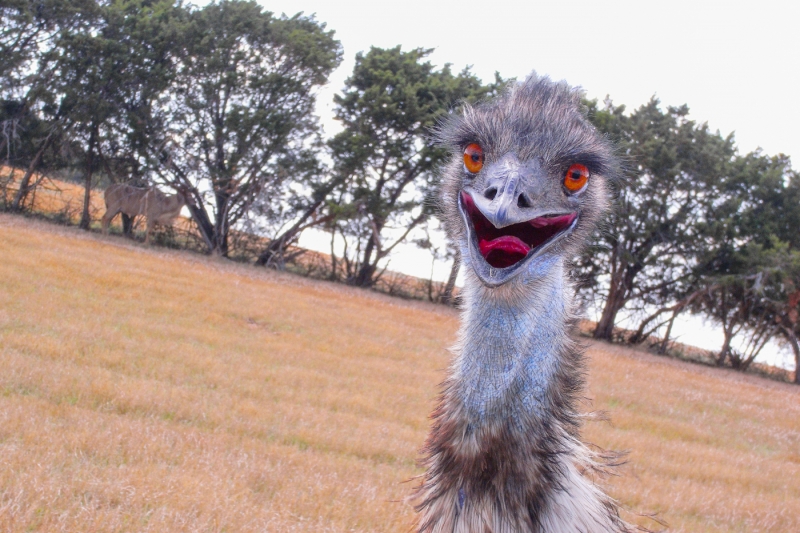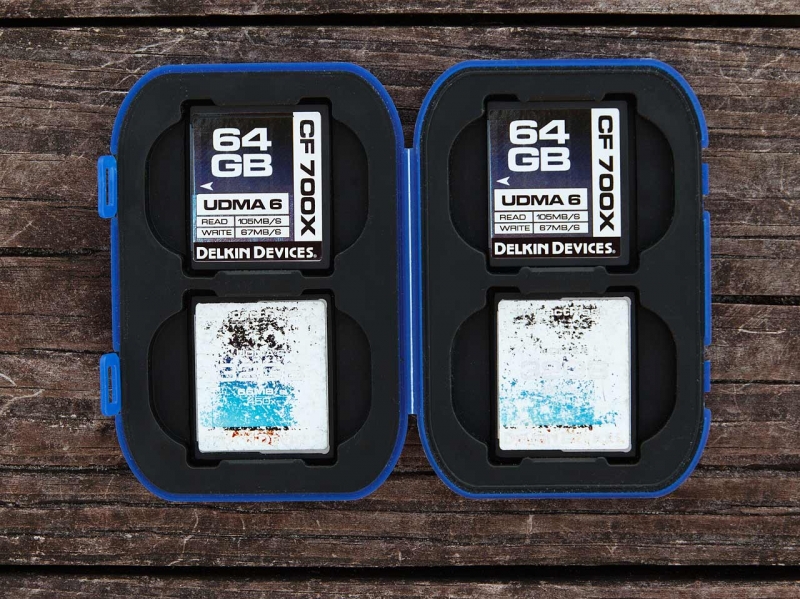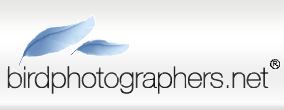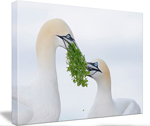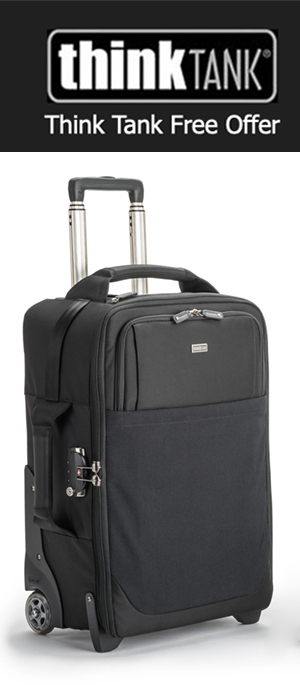June 26th, 2012 5D Mark III Guide Pre-publication Version Still Discounted
Click here for details. When the guide is complete it will sell for $50. Folks who purchase now will receive the final version and any updates for no additional charge so ordering now is a win-win proposition.
I spent the better part of today working on the 5D III UG; when I am done, the price goes to $50. Buy now to save! The more I study this camera the more I learn how complex it is.
New York City Weekend Nature Photography Seminar December 8-9, 2012
Detail for this great weekend seminar are available here. Do consider joining Denise Ippolito and me for a great learning experience. Do click on the link to see many of Denise’s incredible tree and flower images. Camera club discounts available; see the details at the link.
Nickerson Beach/JBWR Photo-Tour August 15-17, 2012: Only 2 slots left!
Nickerson Beach/JBWR Photo-Tour August 15-17, 2012: $999. Co-leader: Denise Ippolito. Introductory slide program: Tuesday August 14 at 7pm. Limit 8/Openings:2.
This photo-tour is filling faster than anticipated. But with two great leaders with tons of experience at this site and the promise to learn a ton of great Photoshop stuff it does make a lot of sense.
For more info and a collection of images click here.
|
|
|
This image of an adult American Oystercatcher dining on a surf clam was created at Nickerson Beach, Long Island, NY with the tripod-mounted Canon 800mm f/5.L IS lens, the 1.4X III TC, and the Canon EOS-1D Mark IV. ISO 400. Evaluative metering +1/3 stop: 1/800 sec. at f/8 in Manual mode.
Central sensor (by necessity) on the bird’s neck/AI Servo/Rear Focus AF active at the moment of exposure. Click here if you missed the Rear Focus Tutorial. Click on the image for a larger version.
With the long effective focal length being seated behind my lowered tripod made it seem as if I were right on the ground.
|
Same Old Same Old…
I’d never seen an Oystercatcher open a live surf clam until I witnessed this bird do just that. There main food on the open beaches are sand crabs. See the animated GIF below for the before and after comparison.
As the afternoon light was gorgeous and the situation was an excellent one I wound up creating a series of about 25 images. The challenge was watching the breaking waves and timing the shutter release so that they would not detract from the image. I wound up keeping only the four best from the series. I plan on sharing the other three with you here at some point.
This could be used to teach the Image Clean-up 101 class. Patch Tool, Spot Healing Brush, Clone Stamp Tool, and several small Quick Masks all as detailed in Digital Basics. Even with something as seemingly simple as the Clone Stamp Tool there are lots of tricks and tips for refining your technique and improving you results. Digital Basics includes my complete digital workflow, dozens and dozens of great Photoshop tips, and free updates. I need to get to work on the next update….
Shopper’s Guide.
Support both the Bulletins and the Blog by making all your B & H purchases here.
Below is a list of the gear talked about in this blog post. Thanks a stack to all who have used the Shopper’s Guide links to purchase their gear as a thank you for all the free information that we bring you on the Blog and in the Bulletins. Before you purchase anything be sure to check out the advice in our Shopper’s Guide.
Canon 800mm f/5.6L IS lens. Right now this is my all time favorite super-telephoto lens.
Canon EF 1.4X III TC. This new TC is designed to work best with the new Series II super-telephoto lenses.
Canon EOS-1D Mark IV professional digital camera body. The very best professional digital camera body that I have ever used.
And from the BAA On-line Store:
LensCoats. I have a LensCoat on each of my big lenses to protect them from nicks and thus increase their re-sales value. All my big lens LensCoat stuff is in Hardwood Snow pattern.
LegCoat Tripod Leg Covers. I have four tripods active and each has a Hardwood Snow LegCoat on it to help prevent further damage to my tender shoulders 🙂 And you will love them in mega-cold weather….
GT3532 LS. This one replaces the GT3530LS Tripod and will last you a lifetime. I’ll be commenting on this new model soon. In short, I like it.
Mongoose M3.6 Tripod Head. Right now this is the best tripod head around for use with lenses that weigh less than 9 pounds. For heavier lenses, check out the Wimberley V2 head.
CR-80 Replacement Foot for Canon 800. When using the 800 on a Mongoose as I do, replacing the lens foot with this accessory lets the lens sit like a dog whether pointed up or down and prevents wind-blown spinning of your lens on breezy days by centering the lens directly over the tripod.
Double Bubble Level. You will find one in my camera’s hot shoe whenever I am not using flash.
The Lens Align Mark II. I use the Lens Align Mark II pretty much religiously to micro-adjust all of my gear an average of once a month and always before a major trip. Enjoy our free comprehensive tutorial here.
BreezeBrowser. I do not see how any digital photographer can exist without this program.
June 25th, 2012 5D Mark III Guide Pre-publication Version Still Discounted
Click here for details. When the guide is complete it will sell for $50. Folks who purchase now will receive the final version and any updates for no additional charge so ordering now is a win-win proposition.
New York City Weekend Nature Photography Seminar December 8-9, 2012
Detail for this great weekend seminar are available here. Do consider joining Denise Ippolito and me for a great learning experience. Do click on the link to see many of Denise’s incredible tree and flower images. Camera club discounts available; see the details at the link.
Nickerson Beach/JBWR Photo-Tour August 15-17, 2012: Only 2 slots left!
Nickerson Beach/JBWR Photo-Tour August 15-17, 2012: $999. Co-leader: Denise Ippolito. Introductory slide program: Tuesday August 14 at 7pm. Limit 8/Openings:2.
For more info and a collection of images click here.
And the Winners in the Behavior Category Are!
|
|
|
Congratulations Vladimir Kogan of Israel. His image, Grey Heron with fish, was awarded first prize in the Behavior category of the BIRDS AS ART 1st Annual Bird Photography Competition. Click on the image to see a larger, even more spectacular version. AF Nikkor 200-400 mm f4 G VR lens, the AF-S Teleconverter TC-17E II, and the Nikon D3. ISO 400: 1/1250 sec. at f/7.1. Skimmer Ground Pod II with the Arca-Swiss Monoball Z1.
|
Grey Heron with fish, Vladimir Kogan.
From Vladimir:
Grey Heron is a very cautious bird; as a rule it will not approach closer than 80-100 meters to even a well-disguised blind. Once this heron caught a large Tilapia it began moving slowly but steadily in my direction without the slightest sign of fear, eventually approaching within 20 meters of my hiding place. This was the rare moment in my 3 years of photographing this species. The fish was very large for the bird; after many attempts to swallow it the bird threw it on the shore of the lake where it became prey to a mongoose.
The judges were thrilled by the sweet early evening light, the superb sharpness, the heron’s raised foot, the perfect view of the fish with its dorsal fin raised and open mouth, the absolutely perfect head angle, and by the pleasing image design with the bird framed nicely by the gold reflections at the top of the photograph.
|
|
|
Congratulations to Isak Pretorius of Johannesburg, South Africa. His image, African Fish-Eagle capture, was awarded second prize in the Behavior category of the BIRDS AS ART 1st Annual Bird Photography Competition. Chobe river, Botswana. Canon 600mmf/4L IS USM with the EOS-1D Mark III (handheld!). ISO 800: 1/2000 sec. at f/5 in Manual mode. Click on the image to see a larger, even more powerful version.
|
African Fish-Eagle capture, Isak Pretorius
From Isak:
This photo was created on the Chobe river during a photographic boat safari. Fish-eagles catching fish is the order of the day. I’ve photographed fish eagles before, but what made this place stunning was the quality of light. During the late-winter months the morning sun is diffused by the smoke and dust in the sky over Botswana. With the still waters of the Chobe river reflecting this soft light, the lighting conditions are almost studio-like. The wide river also makes for soft subtle backgrounds that accentuate the bird. I was fortunate in this photo that all the variables outside of my control came together perfectly.
This image features Beautiful control of a difficult exposure with detail in both the dark tones and the whites, nice detail in the far underwing, the perfect wing position–the full downstroke, a perfect head angle, a de-focused background, a killer splash with the complete hole in the water included, a suitable pano crop, and very sweet light.
|
|
|
Congratulations to Gaurav Mittal of India. His image, Marbled Godwit with sand crab, was awarded third prize in the Behavior category of the BIRDS AS ART 1st Annual Bird Photography Competition. Morro Bay, CA. Canon 500mm f/4L IS lens with the 1.4X TC and the EOS-1 Mark IV (hand held!). ISO 400. Evaluative metering +1 stop: 1/1000 sec. at f/5.6. Click on the image to see a larger, even more beautiful version.
|
Marbled Godwit with sand crab, Gaurav Mittal
From Gaurav:
Photographing birds makes me feel closer to life, I feel as if I am one with the birds. At every opportunity I dance when I see them. Morro Bay was an amazing experience: People made me feel welcome: The sunlight was golden; It was windy but beautiful; The Marbled Godwits were simply gorgeous. I was awe as I made an effort to photograph its behavior. I was nervous as I pressed the shutter and captured this beautiful moment. The godwit splashed its feet in the water and grabbed the soft-shelled crab. After this entire event I felt in the presence of God. Having witnessed an amazing moment through my camera, priceless. I lowered my camera closed my eyes and took in the moment, my imagination at work.
I love shorebirds. I love this one for the golden early morning light and the raised wings with killer underwing detail. For its sharpness. The combination of blues and golds is too sweet, as is the white foam from a breaking wave. The sand crab in the bird’s beak is the icing on this third place cake.
Congrats!
Congrats to the three winning photographers and to those who created the 15 other spectacular images that made it to the final round of judging. Getting a single image to the final round is a momentous accomplishment. Pretty much every image would have made a suitable first place winner. As you will see when the voting results and analysis are published things were very tight in Behavior.
It was a hugely popular category. We began with 754 images. Getting down to the 18 images that were sent to the five judges was a difficult and excruciating task that took many hours. Here is another big time thank you to Darrell, Chris, Julie, and Tim. And a big time thanks also to Peter Kes and Denise Ippolito for pitching in during the first rounds of image selection. We worked very hard for nearly three full days to get from more than 5500 images down to the final 163. The Behavior category was designed for images that exhibited interesting avian behavior. The entrants outdid themselves by a wide margin.
Prizes (see below) will be shipped once all the winners are announced as several folks had more than one top three image. Be sure to patronize our sponsors; without them, this contest would not exist. There will be more educational stuff from this category coming soon.
| First Prize |
Runner Up |
Highly Commended |
Sponsor |
| $100 Gift Certificate |
$50 Gift Certificate |
$25 Gift Certificate |
B&H PHOTO VIDEO |
| choice of lens plate |
P-5 camera body plate |
Plamp |
Wimberley |
| 16 GB 450 X UDMA Compact Flash Card |
Sensor Scope |
Universal Memory Card Reader |
Delkin Devices |
| Level 3 Gift Subscription |
Level 2 Gift Subscription |
Level 1 Gift Subscription |
Nature Photographer Magazine |
| $30 Discount Certificate |
$25 Discount Certificate |
$20 Discount Certificate |
Canvas On Demand |
| Laptop Bag or Pixel Sunscreen |
Pixel Pocket Rocket |
AA Battery Holder |
Think Tank |
| $50 Gift Certificate |
$25 Gift Certificate |
$10 Gift Certificate |
Lens Coat |
| Canon/Nikon Lens Plate |
Canon/Nikon Camera Body Plate |
. |
4th Generation Design |
| . |
Better Beamer |
Better Beamer Replacement Fresnel |
Visual Echoes |
| TriKlear Kit |
TriKlear Kit |
TriKlear Kit |
Lens Pen |
| Kwik Camo Blind-Regular |
. |
. |
Essential Photo Gear |
| ABP II |
. |
. |
BIRDS AS ART |
| . |
Double Bubble |
. |
HP Marketing |
| BreezeBrowser Pro/Downloader Pro Combo |
BreezeBrowser Pro |
Downloader Pro |
Breeze Systems |
| Sito HD Version Gold Web Site |
|
|
Sito HD |
.
B&H Rebates
Click here to enjoy double rebates of up to $550 by selecting one of four Canon dSLR camera bodies (including the killer EOS-5D Mark III) and then adding a lens from a large selection. The lenses included many of the intermediate telephoto lenses that I use and recommend. This offer expires in less than ten days on June 30, 2012.
June 23rd, 2012 5D Mark III Guide Pre-publication Version Still Discounted
Click here for details. When the guide is complete it will sell for $50. Folks who purchase now will receive the final version and any updates for no additional charge so ordering now is a win-win proposition.
New York City Weekend Nature Photography Seminar December 8-9, 2012
Detail for this great weekend seminar are available here. Do consider joining Denise Ippolito and me for a great learning experience. Do click on the link to see many of Denise’s incredible tree and flower images. Camera club discounts available; see the details at the link.
Nickerson Beach/JBWR Photo-Tour August 15-17, 2012: Only 2 slots left!
Nickerson Beach/JBWR Photo-Tour August 15-17, 2012: $999. Co-leader: Denise Ippolito. Introductory slide program: Tuesday August 14 at 7pm. Limit 8/Openings:2.
For more info and a collection of images click here.
You Be the Judge: Behavior
Voting in the Behavior category of the BIRDS AS ART 1st International Bird Photography Competition will be closed at 8am on Monday morning, June 25 so you still have time to pick your five favorites from a field of 20 incredibly strong images. You can partake here.
|
|
|
This rain bathing immature male White-necked Jacobin was photographed off the veranda at Asa Wright Nature Center with the tripod-mounted Canon 800mm f/5.L IS lens, the 1.4X III TC, and the Canon EOS-1D Mark IV. ISO 1600. Evaluative metering at +1/3 stop: 1/50 sec. at f/8 in Manual mode. Fill-flash at -2 stops with the Canon Speedlite 600EX-RT with the Better Beamer.
Central sensor (by necessity) AI Servo/Rear Focus AF and recompose. Click here if you missed the Rear Focus Tutorial. Click on the image for a larger version.
|
Rain Bathing Gem
We enjoyed ideal cloudy bright conditions for much of our Trinidad visit but when it rained, the porch provided much-needed shelter. And the hummingbirds kept coming. Several White-necked Jacobins perched to enjoy a quick shower. I counseled management on setting up more pleasing perches in the vicinity of the feeders and they were all ears. Though I mentioned that the staff, the rooms, and particularly, the food at Asa Wright were all superb it bears repeating. And they were eager to help with my protein and veggie diet by preparing my food without sugar or flour but with delicious Trinidadian spices. And I got to enjoy eggplant in one form or another at most every meal.
To see more Trinidad images see the manakin post here and the Caroni Swamp adventure here.
Image Optimization
With a significant amount of noise as expected in the background I found that Denise Ippolito’s Filter/Blur Surface Blur trick out-performed Photoshop’s Noise Reduction by miles. Details of her settings are just one of many dozens of great Photoshop tips in our Digital Basics File. I ran a 50% layer of the Tonal Contrast Filter from NIK Color Efex Pro on the bird only and a 40% layer of Detail Extractor on the white tail only.
NIK
Though I am no Control Point expert I used Viveza to successfully lighten the dark upper right corner of the hummingbird image above.
As regular readers know NIK’s Color Efex Pro 4 is now an integral part of my workflow; I use it on 85% of my images. You can save 15% on all NIK products by clicking here and entering BAA in the Promo Code box at check-out. Then hit Apply to see your savings. You can download a trial copy that will work for 15 days and allow you to create full sized images.
Caligo Ventures
If you would like to stay at the avian-rich Asa Wright Nature Centre or visit Trinidad and Tobago you need to get in touch with the great folks at Caligo Ventures. They handle all North American bookings for the charming and legendary lodge located on a 2,000 acre tract of rainforest high in the Arima Valley of the Trinidad’s Northern Range. You can contact them here.
B&H Rebates
Click here to enjoy double rebates of up to $550 by selecting one of four Canon dSLR camera bodies (including the killer EOS-5D Mark III) and then adding a lens from a large selection. The lenses included many of the intermediate telephoto lenses that I use and recommend. This offer expires in less than ten days on June 30, 2012.
Shopper’s Guide.
Support both the Bulletins and the Blog by making all your B & H purchases here.
Below is a list of the gear talked about in this blog post. Thanks a stack to all who have used the Shopper’s Guide links to purchase their gear as a thank you for all the free information that we bring you on the Blog and in the Bulletins. Before you purchase anything be sure to check out the advice in our Shopper’s Guide.
Canon 800mm f/5.6L IS lens. Right now this is my all time favorite super-telephoto lens.
Canon EF 1.4X III TC. This new TC is designed to work best with the new Series II super-telephoto lenses.
Canon EOS-1D Mark IV professional digital camera body. The very best professional digital camera body that I have ever used.
Canon Speedlite 600EX-RT Canon’s latest/greatest most powerful-ever professional flash.
And from the BAA On-line Store:
LensCoats. I have a LensCoat on each of my big lenses to protect them from nicks and thus increase their re-sales value. All my big lens LensCoat stuff is in Hardwood Snow pattern.
LegCoat Tripod Leg Covers. I have four tripods active and each has a Hardwood Snow LegCoat on it to help prevent further damage to my tender shoulders 🙂 And you will love them in mega-cold weather….
GT3532 LS. This one replaces the GT3530LS Tripod and will last you a lifetime. I’ll be commenting on this new model soon. In short, I like it.
Mongoose M3.6 Tripod Head. Right now this is the best tripod head around for use with lenses that weigh less than 9 pounds. For heavier lenses, check out the Wimberley V2 head.
CR-80 Replacement Foot for Canon 800. When using the 800 on a Mongoose as I do, replacing the lens foot with this accessory lets the lens sit like a dog whether pointed up or down and prevents wind-blown spinning of your lens on breezy days by centering the lens directly over the tripod.
Double Bubble Level. You will find one in my camera’s hot shoe whenever I am not using flash.
The Lens Align Mark II. I use the Lens Align Mark II pretty much religiously to micro-adjust all of my gear an average of once a month and always before a major trip. Enjoy our free comprehensive tutorial here.
BreezeBrowser. I do not see how any digital photographer can exist without this program.
June 22nd, 2012 You Be the Judge: Behavior
The judging for the BIRDS AS ART 1st International Bird Photography Competition has been complete for some time. All of the judges including me were stunned by the quality of the images. We have been and will continue to be posting all of the images that were sent to the judges category by category. Each of you will have a chance to judge each category. Please read the directions below carefully. Your votes will not determine the winning images but it has been and will continue to be fun to see how everyone’s votes compare to the votes of the judges. So far the top pick of the public vote has matched the top pick of the judge’s panel in three of four categories. The images in the Behavior category are so incredibly strong overall that I suspect that that will not be the case here…. In retrospect there are a dozen or more images here that would have been worthy first place choices.
This was a hugely popular category. We began with 754 images. Getting down to the 18 images that were sent to the five judges was a difficult and excruciating task that took many hours. Here is another big time thank you to Darrell, Chris, Julie, and Tim. And a big time thanks also to Peter Kes and Denise Ippolito for pitching in during the first rounds of image selection. We worked very hard for nearly three full days to get from more than 5500 images down to the final 163.
The Behavior category was designed for images that exhibited interesting avian behavior. The entrants outdid themselves by a wide margin.
Before you vote, please sure to click on each image so that you can view it at full size. Then pick your five favorites and vote them 5, 4, 3, 2, and 1 with 5 being your very favorite. Like this:
Red-crowned Cranes calling in snow: 5
Prairie Chicken displaying: 4
Black-necked (Eared) Grebes mating: 3
Great-crested Grebes mating: 2
Grey Heron with fish: 1
The “Sample Vote” above is for illustrative purposes only. Please do not let the sample vote, the votes of others, or the names assigned to the images influence your vote. Please put each of your five favorites on its own line by hitting “enter” after each one. No ties; please assign a single digit, 5, 4, 3, 2 or 1 to each of your five favorites. As you will see there are a great many beautiful, interesting, and even thought-provoking images here.
If you wish to comment on any or all of the images, please do so below your five voting lines; this will make tallying the votes easier. Votes cast by those who fail to follow the formatting directions will be relegated to the Trash Bin.
The voting will be closed at 8am eastern time on Monday, June The actual winning images for this category will be posted on Monday, June 25. A tally of the public vote along with my analysis and comments will follow soon thereafter.
Thanks for voting and please remember to breathe deeply and have fun.
.
|
|
|
African Jacana on the run with chicks
|
.
.
|
|
|
Laysan Albatross feeding chick
|
.
|
|
|
Red-crowned Cranes calling in snow
|
.
|
|
|
Prairie Chicken displaying
|
.
|
|
|
Black-necked (Eared) Grebes mating
|
.
|
|
|
Great-crested Grebes mating
|
.
.
|
|
|
Gymnogene (African Harrier-Hawk)
|
.
|
|
|
Common Kingfisher with fish
|
.
|
|
|
Scissor-tailed Flycatcher with beetle
|
.
.
.
|
|
|
Long Eared Owl threat display
|
.
|
|
|
Spectacled Spider-hunter displaying
|
.
|
|
|
Marbled Godwit with sand crab
|
.
|
|
|
African Fish-Eagle capture
|
Nickerson Beach/JBWR Photo-Tour August 15-17, 2012
If you missed the announcement for this exciting trip click here for details (along with 25 pretty nice images). And click here to see a great collection of co-leader Denise Ippolito’s “Blasts from the Past” Nickerson Beach images.
June 21st, 2012
|
|
|
This Peregrine Falcon image was created with the hand held Canon 300mm f/2.8 L IS II lens, the 1.4X III TC, and the Canon EOS-5D Mark III. ISO 400. Evaluative metering +2/3 stop: 1/3200 sec. at f/5.6 in Manual mode.
Central sensor/Surround/AI Servo Rear Focus active at the moment of exposure. Click here if you missed the Rear Focus Tutorial. Click on the image to enjoy a larger version.
|
Canon EOS-5D Mark III User’s Guide Pre-Publication Version Available Now!
Save $10
Regular readers here know that I have been loving my 5D Mark III ever since I got my hands on it. I love the light weight, image files and especially the killer new AF system. Right now, the 5D III’s AF system is the best by far on any Canon camera body and that includes the vaunted EOS-1D Mark IV. Don’t get me wrong, I love my two MIV bodies and use then every time I am in the field, but for birds in flight and in action I go with my 5D MIII.
I have been working on the 5D Mark III User’s Guide for more than three months. While the end is in sight, lots of folks have been clamoring to hear what I have to say about setting up the camera and to learn about my autofocus settings and my thoughts on the various AF Selection Area Modes. I have, therefore, decided to offer a pre-publication version of this User’s Guide. When it is complete, the guide will sell for $50. It will be our most expensive camera user’s guide yet because the 5D Mark III is pretty much all-new and the menu is the most extensive ever in a Canon camera. I have put in a ton of work already and still have lots more important stuff to work on.
The pre-publication version is available now for only $40.
Here’s the best news: You will automatically receive the final version at no additional cost when it becomes available. (On the off chance that you do not, please e-mail Jim and he will rectify the situation.
Though this pre-publication copy is incomplete, it will help you set up your camera exactly as I have mine set up right now. Almost all of the stuff dealing with autofocus and the various AF Selection Area Modes is included. Even in its present form, this guide is quite extensive. You can learn everything that I know about the following important topics:
- 5D III exposure fine points
- Handling the WHITEs
- The top LCD and all camera control buttons
- 5D Mark III drive modes
- How to manually select an AF sensor
- Choosing an AF Area Selection Mode; how and why (includes extensive detail)
- Menu Item Access
- Setting a Custom White Balance
- Using Live View
- HDR Mode
Coverage of almost all Menu Items and Custom Functions including the following: Image Quality, Auto Lighting Optimizer, Highlight Tone Priority, AF Configuration Tool (includes details on the custom setting that I use), Acceleration/deceleration tracking, Tracking sensitivity, Lens drive when AF impossible, Orientation linked AF point (I love this feature on the 5D III!), Highlight alert, Histogram display, Auto rotate, Custom Shooting Mode set-up, Safety shift, using the Q button, and setting up rear focus.
The guide is–of course–written in my informal, easy-to-follow style.
Important items that are not included in the pre-publication version (but will of course be included in the final version) include:
Please note: Some Menu items will not be mentioned in this guide either because they deal only with video (which is not covered in this guide) or they are irrelevant to nature photography. Each should be left at the default setting.
To Order
To order your copy of the pre-publication version of the Canon EOS-5D Mark III User’s Guide call Jim or Jennifer at 863-692-0906 with your credit card in hand, find it quickly in the BIRDS AS ART Online Store by clicking here, or send a Paypal for $40 to us by e-mail. Overseas folks might do better with this e-mail address.
|
|
|
This Long-billed Curlew image was created with the tripod-mounted Canon 800mm f/5.L IS lens and the Canon EOS-5D Mark III. ISO 400. Evaluative metering +2/3 stop: 1/1250 sec. at f/5.6 in Manual mode.
Central Sensor–far right side Expand AF area/AI Servo Rear Focus active at the moment of exposure. Click here if you missed the Rear Focus Tutorial. Click on the image for a larger version.
|
Shopper’s Guide
Below is a list of the gear used to create the images in today’s post. Thanks a stack to all who have used the Shopper’s Guide links to purchase their gear as a thank you for all the free information that we bring you on the Blog and in the Bulletins. Before you purchase anything be sure to check out the advice in our Shopper’s Guide.
Canon 300mm f/2.8 L IS II lensI finally broke down and purchased my own copy of this great flight photography and general purpose lens.
Canon 800mm f/5.6L IS lens. Right now this is my all time favorite super-telephoto lens.
1.4X III TC The latest version of the 1.4X TC is designed to work best with the Series II Super-telephoto lenses.
Canon EOS-5D Mark III. Man, I am in love with this camera body. Both the files and the AF system are superb.
And from the BAA On-line Store:
LensCoats. I have a LensCoat on each of my big lenses to protect them from nicks and thus increase their re-sales value. All my big lens LensCoat stuff is in Hardwood Snow pattern.
LegCoat Tripod Leg Covers. I have four tripods active and each has a Hardwood Snow LegCoat on it to help prevent further damage to my tender shoulders 🙂 And you will love them in mega-cold weather….
Gizo GT3532 LS CF Tripod. This one replaces the GT3530LS Tripod and will last you a lifetime. I’ll be commenting on this new model soon. In short, I like it.
Mongoose M3.6 Tripod Head. Right now this is the best tripod head around for use with lenses that weigh less than 9 pounds. For heavier lenses, check out the Wimberley V2 head.
Double Bubble Level. You will find one in my camera’s hot shoe whenever I am not using flash.
The Lens Align Mark II. I use the Lens Align Mark II pretty much religiously to micro-adjust all of my gear an average of once a month and always before a major trip. Enjoy our free comprehensive tutorial here.
BreezeBrowser. I do not see how any digital photographer can exist without this program.
June 20th, 2012 Hand of Man Category Voting Analysis and Related Comments
Totals of the Judges’ Votes (each of 5 judges awarded each image 1-5 points):
1-Great Egret on spillway by Ron Henderson: 23
2-Parrot in box by Charles Bergman: 21
3-Duckling and Lincoln Memorial by Matt Hansen: 18
4-Starling on broken lamp cover, David Bell: 17
5-Short-eared owl and wind turbines, Arni Stinnissen: 16
6-Burrowing Owl on wooden cross, Judd Patterson: 15
7-Bird on the fence, Blake Shaw: 14
T8-Black-tailed Godwit, Kevin Elsby: 13
T8-Jay on tombstone, Richard Cox: 13
T8-Penguins and ship, Christopher Marsham: 13
T11-Ring-billed Gull and plastic bottle cap, Rodney Flowers: 11
T11-Vultures on structure: Michael Leonard: 14
13-Kingfisher on barbed wire, Girish Vaze: 10
Public Voting Totals (each of you was asked to vote your five favorite images 1-5 points with 5 being your favorite):
1-Great Egret on spillway by Ron Henderson: 183
2-Duckling and Lincoln Memorial by Matt Hansen: 165
3-Burrowing Owl on wooden cross, Judd Patterson: 101
T4-Parrot in box by Charles Bergman: 76
T4-Black-tailed Godwit, Kevin Elsby: 76
6-Kingfisher on barbed wire, Girish Vaze: 75
7-Penguins and ship, Christopher Marsham: 62
8-Jay on tombstone, Richard Cox: 54
9-Short-eared owl and wind turbines: Arni Stinnissen: 47
10-Bird on the fence, Blake Shaw:: 38
11-Starling on broken lamp cover, David Bell: 18
12-Vultures on structure, Michael Leonard: 16
13-Ring-billed Gull and plastic bottle cap: Rodney Flowers 5
Analysis of the Voting
When I posted the thirteen images for the public voting here I wrote, “So far the top pick of the public vote has matched the top pick of the judge’s panel in two of the three categories that have been posted; I suspect that the same will be true here despite that fact that there are again so many fine images.” As it turns out that I was right on the button. Great Egret on spillway was the pick of the litter and 3 of the four top vote-getters in each category were a match as well. What does that prove: a good image is a good image no matter who is looking at it.
Kudos to all whose images appear below and thanks to all who entered photographs in this hotly contested category. The images below are presented in the order of the judges’ placement along with my comments. I am sure that you will find my comments both interesting and educational, especially my constructive criticism of the first and second place images as voted by the judges’ panel.
|
|
|
Congratulations to Hand of Man Category Winner Ron Henderson of Dallas, TX. His “Great Egret on spillway” image was created at White Rock Lake in Dallas with the
Canon 70-200 mm f/2.8L IS lens (at 170mm) with the Canon EOS-5D Mark II rested on railing. ISO 100. Evaluative metering -1 1/3 stops: 1/10 sec. at f/32.
|
Great Egret on spillway by Ron Henderson
The strengths of this image include the graphic look created by the repeating pattern of the steps, the rich blue and gold tones, and the movement of the water. The Great Egret provided the perfect accent. Many great images might have been improved at capture; had Ron moved about three inches to his right he would have avoided the merge of the tip of the bird’s bill and the edge of the step….
|
|
|
Congratulations to Charles Bergman. His image, “Parrot in box” was awarded second prize in the Hand of Man Category in the BIRDS AS ART 1st Annual Bird Photography Competition. The bird in the box, a Blue-headed parrot chick (Pionus menstruus) was photographed on a small river in the Amazon Basin in eastern Ecuador. 24-120mm lens (at 42mm) with the Nikon D200. ISO 100: 1/40 sec. at f/11.
|
Parrot in box by Charles Bergman
The helpless, wet, disheveled parrot chick placed in the battered, equally bedraggled cardboard box combined to make this a powerful, story-telling image. The jungle setting and the young boatmen complete the story. Note that the perfect head angle strengthens our connection to the baby parrot. Again there was room for improvement at capture; had Charles moved a few feet to his left he could have placed the two men more on the right side of the frame to better balance the bird in the box. I believe that the resulting composition, which would have shown less of the boat, would have been even more powerful.
|
|
|
Congrats to Matt Hansen. His “Duckling and Lincoln Memorial ” image was awarded third place in the Hand of Man category. The Mallard duckling was photographed on May 23, 2010 as it emerged from the Reflecting Pool in front of the Lincoln Memorial in Washington D.C.
|
Duckling and Lincoln Memorial by Matt Hansen
We are all fans of the underdog struggling to survive. Each of the many compositional elements from the crack in the sidewalk to seemingly interested folks to the huge marble structure in the background are perfectly positioned. Those, combined with the perfect timing that captured the splash, made this one a winner. Note that Matt chose to break a basic compositional guideline by having the subject look out of (rather than in to) the frame. With good reason!
I loved this one from the get-go. It was my second pick.
|
|
|
Starling on broken lamp cover, David Bell.
|
This unique image is nicely designed. Running a contrast mask on the broken glass would likely have improved this one.
|
|
|
Short-eared owl and wind turbines, Arni Stinnissen.
|
This beautifully conceived and designed image carries with it a powerful environmental message: wind turbines kill too many birds each year. The placement of the bird relative to the blades of the two turbines and beautiful dorsal view both added to the success of this image.
|
|
|
Burrowing Owl on wooden cross, Judd Patterson.
|
Burrowing Owls rarely land on natural perches. The bird’s raised wings and haughty attitude and Judd’s careful choice of perspective (that minimized the wooden cross) made this image a popular choice with all voters.
|
|
|
Bird on the fence, Blake Shaw.
|
Simplicity rules in this beautifully designed and elegant silhouette. And the pano crop was a perfect choice. I love the slight upward angle of the fence and the singing pose. It it were mine, I would have removed the pin needle (???) on the fence behind the bird.
|
|
|
Black-tailed Godwit, Kevin Elsby.
|
A gorgeous species (heck, I am a shorebird lover) set against a lovely soft background with swatches of color are the strengths of this image. Much of the time we strive to eliminate as much “hand of man” as possible from an image. In this case, for this category, including more of the fence post would have been a winning move.
|
|
|
Jay on tombstone, Richard Cox.
|
A beautiful bird in golden light set against a pleasing background are the big pluses here. The problem here for me is the exact opposite of the problem with the godwit image: too much hand of man. Had Richard pointed the lens up or executed a pano crop I am fairly sure that the resulting image would have been stronger. Not to mention some tombstone clean-up.
|
|
,
Penguins and ship, Christopher Marsham.
|
Christopher’s well composed image which features the juxtaposition of a group of Emperor Penguins with the ship in the background is quite interesting. The crossed flags are perfectly positioned in the frame. I feel that this image needed a bit more room all around.
|
|
|
Ring-billed Gull and plastic bottle cap, Rodney Flowers.
|
I really like the simplicity of this image. The bright sun was well handled, the raised wings added interest, and the bright blue plastic bottle cap with a bit of sand icing was the perfect hand of man touch.
|
|
|
Vultures on structure, Michael Leonard. 14
|
Here I love all the huge elements of the structure, especially the diagonal ones. The image is beautifully framed and designed, and Micheal did a great job of image processing as he dealt with mixed lighting. Though most of the birds are in the sun and some in the shade the image has a nice even (low contrast) look to it.
|
|
|
Kingfisher on barbed wire, Girish Vaze.
|
Barbed wire, a lovely bird, and a sweet background are the strengths of this image. A small crop from the left and below would have strengthened it as would a bit more head turn towards us. This image was much more popular with the public than with the panel of judges.
Questions and Comments Welcome
As always, your questions and comments are welcome. Lastly and as always, I would be glad to learn of any typos.
June 19th, 2012

How would I deal with the large light area directly behind the bird? Read on for the solution.
|
The Image Optimization Process
The bird in this image was sitting in the shade. We were not working at a set-up; the bird was sitting in a tree waiting to come into the feeder. We had put some perches up but the grosbeaks preferred landing in the tree. As you can see in the before image above, the light-toned leaves directly behind the bird were lit by the sun. In the past I have simply deleted similar images with large light areas behind the subject. But I had nothing on this species and wanted to do my best so I put my thinking cap on.
I used Select/Color Range to select the lightest tones and placed them on on their own layer. The I ran a Linear Burn at 50% on that layer and added a Layer Mask. I used a 30% Opacity brush to erase the darker outer edges of the selection. Then I decreased the Opacity of the Linear Burn until I was happy with the somewhat darker, less distracting light-toned area behind the bird. Additional clean up was as usual with the Patch Tool, the Clone Stamp Tool, the Spot Healing Brush, and several Quick Masks (with Layer Masks added for fine tuning). I lightened the bird’s face with a Tim Grey Dodge and Burn layer. I selected the bird only with the Quick Selection Tool and put the bird on its own layer. Then I applied a 40% Tonal Contrast filter from NIK Color Efex Pro. I followed that with a 70% Detail Extractor filter applied to the whole image. I added a Hide-All Mask and then painted away the white of the wing to restore detail and removed some BLUE from the WHITEs by hitting Control U, Hue-Saturation on a layer, selecting the BLUE channel only, and reducing the saturation by 20 points. Finally I sharpened the bird’s face only with a Contrast Mask.
Select/Color Range, Linear Burns, Layer Masks, the Patch Tool, the Clone Stamp Tool, the Spot Healing Brush, several Quick Masking, Tim Grey Dodge and Burn, Contrast Masks, and pretty much everything else mentioned above except for the NIK stuff is covered in detail in our Digital Basics File, an e-mailable PDF.
|
|
The Optimized Image
This adult male Evening Grosbeak was photographed at a feeder in a private backyard in Sherwood, OR with the tripod-mounted Canon 800mm f/5.L IS lens and the Canon EOS-1D Mark IV. ISO 400. Evaluative metering at +1/3 stop: 1/250 sec. at f/7. in Manual mode. Fill flash at -1 stop with the Canon Speedlite 600EX-RT and a Better Beamer.
Two sensors above the Central sensor AI Servo/Rear Focus AF active at the moment of exposure. Click here if you missed the Rear Focus Tutorial. Click on the image for a larger version.
|
Thinking it Through…
The point here is that you need to learn to use the Photoshop skills and tools that you already have mastered to create new solutions to problems old or new. The concept of using a Linear Burn to darken the large light area and then soft erasing the edges was a new one for me. The next time that you face a difficult situation in post processing simply put your thinking cap on and consider ways to use what you already know to solve the problem.
Support both the Bulletins and the Blog by making all your B & H purchases here.
Below is a list of the gear talked about in this blog post. Thanks a stack to all who have used the Shopper’s Guide links to purchase their gear as a thank you for all the free information that we bring you on the Blog and in the Bulletins. Before you purchase anything be sure to check out the advice in our Shopper’s Guide.
Shopper’s Guide
Below is a list of the gear used to create the images in today’s post. Thanks a stack to all who have used the Shopper’s Guide links to purchase their gear as a thank you for all the free information that we bring you on the Blog and in the Bulletins. Before you purchase anything be sure to check out the advice in our Shopper’s Guide.
Canon 800mm f/5.6L IS lens. Right now this is my all time favorite super-telephoto lens.
Canon EOS-1D Mark IV professional digital camera body. The very best professional digital camera body that I have ever used.
Canon Speedlite 600EX-RT Canon’s latest/greatest most powerful-ever professional flash.
And from the BAA On-line Store:
LensCoats. I have a LensCoat on each of my big lenses to protect them from nicks and thus increase their re-sales value. All my big lens LensCoat stuff is in Hardwood Snow pattern.
LegCoat Tripod Leg Covers. I have four tripods active and each has a Hardwood Snow LegCoat on it to help prevent further damage to my tender shoulders 🙂 And you will love them in mega-cold weather….
GT3532 LS. This one replaces the GT3530LS Tripod and will last you a lifetime. I’ll be commenting on this new model soon. In short, I like it.
Mongoose M3.6 Tripod Head. Right now this is the best tripod head around for use with lenses that weigh less than 9 pounds. For heavier lenses, check out the Wimberley V2 head.
CR-80 Replacement Foot for Canon 800. When using the 800 on a Mongoose as I do, replacing the lens foot with this accessory lets the lens sit like a dog whether pointed up or down and prevents wind-blown spinning of your lens on breezy days by centering the lens directly over the tripod.
Double Bubble Level. You will find one in my camera’s hot shoe whenever I am not using flash.
The Lens Align Mark II. I use the Lens Align Mark II pretty much religiously to micro-adjust all of my gear an average of once a month and always before a major trip. Enjoy our free comprehensive tutorial here.
BreezeBrowser. I do not see how any digital photographer can exist without this program.
June 18th, 2012
|
|
|
Congratulations to Hand of Man Category Winner Ron Henderson of Dallas, TX. His “Great Egret on spillway” image was created at White Rock Lake in Dallas with the
Canon 70-200 mm f/2.8L IS lens (at 170mm) with the Canon EOS-5D Mark II rested on railing. ISO 100. Evaluative metering -1 1/3 stops: 1/10 sec. at f/32.
|
Great Egret on spillway by Ron Henderson
The strengths of this image include the graphic look created by the repeating pattern of the steps, the rich blue and gold tones, and the movement of the water. The Great Egret provided the perfect accent.
From Ron:
This picture was made while I was on a walk by the lake with my daughter Emily, age 13 on a late afternoon near the end of February, 2012 . I used a slow shutter speed to blur the rushing water.
|
|
|
Congratulations to Charles Bergman. His image, “Parrot in box” was awarded second prize in the Hand of Man Category in the BIRDS AS ART 1st Annual Bird Photography Competition. The bird in the box, a Blue-headed parrot chick (Pionus menstruus) was photographed on a small river in the Amazon Basin in eastern Ecuador. 24-120mm lens (at 42mm) with the Nikon D200. ISO 100: 1/40 sec. at f/11.
|
Parrot in box by Charles Bergman
The helpless, wet, disheveled parrot chick placed in the battered, equally bedraggled cardboard box combined to make this a powerful, story-telling image. The jungle setting and the young boatmen complete the story. Note that the perfect head angle strengthens our connection to the baby parrot.
From Charles:
I was traveling in a remote part of the Amazon, staying with the people in indigenous communities. This chick had recently been removed from a nest in a hollow tree and placed in a ragged cardboard box; it would be transported into the wild bird trade. It is legal for indigenous people to capture parrots and other creatures for pets; it is not legal for them to sell them. The trade in the back country is an open secret.
|
|
|
Congrats to Matt Hansen. His “Duckling and Lincoln Memorial ” image was awarded third place in the Hand of Man category. The Mallard duckling was photographed on May 23, 2010 as it emerged from the Reflecting Pool in front of the Lincoln Memorial in Washington D.C. .
|
Duckling and Lincoln Memorial by Matt Hansen
We are all fans of the underdog struggling to survive. Each of the many compositional elements from the crack in the sidewalk to seemingly interested folks to the huge marble structure in the background are perfectly positioned. Those, combined with the perfect timing that captured the splash, made this one a winner. Note that Matt chose to break a basic compositional guideline by having the subject look out of (rather than in to) the frame. With good reason!
From Matt:
This image is part of the ongoing “Uniquely D.C.” project that I’m working on, portraying the monuments and memorials in unique ways. A Mallard family was heading toward the edge of the Reflecting Pool and I knew that a possible moment was about to happen. This duckling, the runt, had some problems jumping high enough to get out but finally was able to summon enough strength to make it over the ledge.
This iot a photo I would usually submit to competitions, but in the guidelines you mentioned that Photoshop was ok, so I figured, “Why not?” If you compare the raw and optimized images you will see that a man in the background was removed as I felt he distracted from the Memorial. I do have an optimized version with him included if you prefer.
Congrats!
Congrats to the three winners above. One hundred sixty four images survived the first cut in this category. You can see the thirteen images that were sent to the judges here. Getting to the final round is quite an accomplishment. Prizes (see below) will be shipped once all the winners are announced as several folks had more than one top three images. Be sure to patronize our sponsors; without them, this contest would not exist. There will be more educational stuff from this category coming soon.
| First Prize |
Runner Up |
Highly Commended |
Sponsor |
| $100 Gift Certificate |
$50 Gift Certificate |
$25 Gift Certificate |
B&H PHOTO VIDEO |
| choice of lens plate |
P-5 camera body plate |
Plamp |
Wimberley |
| 16 GB 450 X UDMA Compact Flash Card |
Sensor Scope |
Universal Memory Card Reader |
Delkin Devices |
| Level 3 Gift Subscription |
Level 2 Gift Subscription |
Level 1 Gift Subscription |
Nature Photographer Magazine |
| $30 Discount Certificate |
$25 Discount Certificate |
$20 Discount Certificate |
Canvas On Demand |
| Laptop Bag or Pixel Sunscreen |
Pixel Pocket Rocket |
AA Battery Holder |
Think Tank |
| $50 Gift Certificate |
$25 Gift Certificate |
$10 Gift Certificate |
Lens Coat |
| Canon/Nikon Lens Plate |
Canon/Nikon Camera Body Plate |
. |
4th Generation Design |
| . |
Better Beamer |
Better Beamer Replacement Fresnel |
Visual Echoes |
| TriKlear Kit |
TriKlear Kit |
TriKlear Kit |
Lens Pen |
| LA MkII |
. |
. |
RAW Workflow |
| ABP II |
. |
. |
BIRDS AS ART |
| . |
Double Bubble |
. |
HP Marketing |
| BreezeBrowser Pro/Downloader Pro Combo |
BreezeBrowser Pro |
Downloader Pro |
Breeze Systems |
| Sito HD Version Gold Web Site |
|
|
Sito HD |
June 17th, 2012
|
|
|
Granddaughter Maya Egensteiner in her ballet number at last night’s recital. This image was created with the Canon 70-200mm f/2.8L IS II lens(hand held at 150mm) and the Canon EOS-5D Mark III. ISO 1600. Evaluative metering -1 stop: 1/200 sec. at f/2.8 in Manual mode.
Two sensors above the central sensor/AI Servo Surround Rear Focus AF active at the moment of exposure. Click here if you missed the Rear Focus Tutorial. Click on the image to enjoy a larger version.
|
Everything is Beautiful at the Ballet
Last night I had the pleasure of attending the Hanken School of Dance’s 20th Annual Dance Recital in Frostproof, FL. Granddaughter Maya Egensteiner was in five numbers and her dad, my son-in-law, Erik Egensteiner, was in two. Maya, younger sister of Sam, is the daughter of my older daughter Jennifer who is the Executive Director of BIRDS AS ART.
Kudos to Owner/Director Theresa Hanken for yet another great program. The dancers ranged in age from about 4 years old to the ages of the many involved parents. The two adult numbers, “Gotta Make Peace With It” (mostly moms) and “Dads” (the latter danced to Soul Man) left everyone rolling in the aisles. And “Waltz,” during which the Dads danced with their daughters, tugged on the heart strings of all. The quality of all the performances, which ran the gamut from modern to tap to jazz, to lyrical and the aforementioned ballet was incredibly high.
As I do each year when I am home and able to attend, I created a few images: 919 to be exact. This year I brought along the Canon EOS-5D MIII and my beloved 70-200mm f/2.8L IS II lens. I worked at ISO 1600 and f/2.8 for almost all the images. The very fast f/2.8 aperture allowed me to get decent shutter speeds without having to go above ISO 1600. I varied the shutter speeds depending on the tonality of the costumes and the strength of the spotlights. I worked in AWB and as you can see below, getting the color just right required some fancy footwork on my part.
The title of today’s blog post is a take on a great number from “A Chorus Line.” I have seen this great musical three times, twice on Broadway, and the last time at the Broward Center for the Performing Arts in Fort Lauderdale, FL, with Denise Ippolito. Though the audio is less than superb you can hear “Everything is Beautiful at the Ballet” on U-tube by clicking here.
|
|
|
This jpeg represents the original RAW capture. As you can see, I had lots of work to do on the color. Note that the original needed to be leveled and that I did a bit of stage clean-up and removed the thread that was hanging from Maya’s dress. Clean-up as usual with the Patch Tool and the Spot Healing Brush as detailed in
our Digital Basics File.
|
Removing the Color Cast
Noting the strong and unnatural RED/YELLOW color cast during ACR conversion I lowered the color temperature a bit. Once I had the image in Photoshop I ran an 80% Average Blur Color Balance adjustment on its own layer and followed that up with a 50% White Neutralizer filter in NIK Color Efex Pro. Lastly I reduced the YELLOW saturation 15% on its own Layer after hitting Control U. I used the Quick Selection Tool to select Maya, hit Shift/Control I to select inverse, and smoothed the background using a great tip that I learned from Denise Ippolito: Filter/Blur/Surface Blur. It actually works much better than Photoshop Noise Reduction on luminance noise.
My ACR conversion strategies are detailed in our Digital Basics File.Many claim that it is the best $20 that they ever spent on photography). Also included in Digital Basics are a variety of color balance techniques including Average Blue Color Balancing and Denise’s Surface Blur tip along with my complete digital workflow. For a great NIK tutorial click here.
NIK
As regular readers know NIK’s Color Efex Pro 4 is now an integral part of my workflow; I use it on 85% of my images. You can save 15% on all NIK products by clicking here and entering BAA in the Promo Code box at check-out. Then hit Apply to see your savings. You can download a trial copy that will work for 15 days and allow you to create full sized images.
|
|
|
Granddaughter Maya Egensteiner and her Dad in “Waltz.” This image was created with the Canon 70-200mm f/2.8L IS II lens(hand held at 100mm) and the Canon EOS-5D Mark III. ISO 1600. Evaluative metering -1 stop: 1/250 sec. at f/2.8 in Manual mode.
Two sensors above the central sensor/AI Servo Surround Rear Focus AF active at the moment of exposure. Click here if you missed the Rear Focus Tutorial. Click on the image to enjoy a larger version.
|
You Be the Judge: Hand of Man
Voting on the Hand of Man category will be closed at 8am ET on Monday, June 18. If you have not voted yet or seen the great images, you can do either here.
Shopper’s Guide
Below is a list of the gear used to create the images in today’s post. Thanks a stack to all who have used the Shopper’s Guide links to purchase their gear as a thank you for all the free information that we bring you on the Blog and in the Bulletins. Before you purchase anything be sure to check out the advice in our Shopper’s Guide.
Canon 70-200mm f/2.8L IS II lens. Man, I am loving this lens on my shoulder with the 2XIII teleconverter. I also use it a lot–depending on the situation–with the 1.4X III TC.
Canon EOS-5D Mark III. Man, I am in love with this camera body. Both the files and the AF system are superb.
And from the BAA On-line Store:
LensCoats. I have a LensCoat on each of my big lenses to protect them from nicks and thus increase their re-sales value. All my big lens LensCoat stuff is in Hardwood Snow pattern.
The Lens Align Mark II. I use the Lens Align Mark II pretty much religiously to micro-adjust all of my gear an average of once a month and always before a major trip. Enjoy our free comprehensive tutorial here.
BreezeBrowser. I do not see how any digital photographer can exist without this program.
June 15th, 2012 You Be the Judge: Hand of Man
The judging for the BIRDS AS ART 1st International Bird Photography Competition has been complete for some time. All of the judges including me were stunned by the quality of the images. We will be posting all of the images that were sent to the judges category by category. Each of you will have a chance to judge these images one group at a time. Please read the directions below carefully. Your votes will not determine the winning images but it has been and will be fun to see how everyone’s votes compare to the votes of the judges. So far the top pick of the public vote has matched the top pick of the judge’s panel in two of the three categories that have been posted; I suspect that the same will be true here despite that fact that there are again so many fine images.
Below are the thirteen images in the Hand of Man category that were sent to the five judges: Darrell Gulin, Chris Van Rooyen, Julie Zickefoose, Tim Laman (who filled in for a honey-mooning Andy Rouse), and yours truly. Here is another big time thank you to Darrell, Chris, Julie, and Tim. And a big time thanks also to Peter Kes and Denise Ippolito for helping me choose the images that were sent to the judges. We worked very hard for nearly three full days to get from more than 5500 images down to the final 163.
The Hand of Man category was defined as follows: the composition must include man-made elements. After a somewhat slow start HOM turned out to be a very popular category.
Before you vote, please click on each image to view it at full size. Then pick your five favorites and vote them 5, 4, 3, 2, and 1 with 5 being your very favorite. Like this:
Great Egret on spillway: 5
Kingfisher on barbed wire : 4
Burrowing Owl on wooden cross: 3
Jay on tombstone: 2
Bird on the fence: 1
The “Sample Vote” above is for illustrative purposes only. Please do not let the sample vote, the votes of others, or the names assigned to the images influence your vote. Please put each of your five favorites on its own line by hitting “enter” after each one. No ties; please assign a single digit, 5, 4, 3, 2 or 1 to each of your five favorites. As you will see there are a great many beautiful, interesting, and even thought-provoking images here.
If you wish to comment on any or all of the images, please do so below your five voting lines; this will make tallying the votes easier. Votes cast by those who fail to follow the formatting directions will be relegated to the Trash Bin.
A tally of the public vote along with the actual winning images for each category will be announced approximately 48 hours after each posting.
Thanks for voting and please remember to breathe deeply and have fun.
.
.
|
|
|
Kingfisher on barbed wire
|
.
|
|
|
Burrowing Owl on wooden cross
|
.
.
.
|
|
|
Short-eared owl and wind turbines
|
.
.
.
|
|
|
Ring-billed Gull and plastic bottle cap
|
.
.
|
|
|
Duckling and Lincoln Memorial
|
.
|
|
|
Starling on broken lamp cover
|
June 13th, 2012 Digital Category Voting Analysis and Related Comments
Totals of the Judges’ Votes (each of 5 judges awarded each image 1-5 points):
1-Yellow-rumped Warbler art, Jeff Rugg: 20
2-Coot chicks, Brendan Dozier: 18
3-White Pelican squadron, Indranil Sircar: 17
T4-Filter-feeding Flamingo, Brendan Dozier: 16
T4-Flamingo group, Paul McKenzie: 16
T6-Paint drop avian sculpture, Maureen Allen: 15
T6-Chickadee, Andrew McLachlan: 15
T8-Great Blue Heron,Indranil Sircar: 14
T8-Snow Geese blast-off, Melissa Groo: 14
T8-Waterbird flight, Hector Astorga: 14
T8-Wood Stork line-up, Cheryl Slechta: 14
T8-Great Horned Owl landing, Andrew McLachlan: 14
T8-Peacock displaying, Kerry Perkins: 14
T8-Arctic Tern, John Ippolito: 13
T16-Marbled Godwit, Indranil Sircar: 13
T16-Brown Pelican on netting, Andrew McLachlan: 13
19-Gadwall preening, Andrew McLachlan: 12
Public Voting Totals (each of you was asked to vote your five favorite images 1-5 points with 5 being your favorite):
1-Yellow-rumped Warbler art, Jeff Rugg: 161
2-Arctic Tern, John Ippolito: 155
3-Wood Stork line-up, Cheryl Slechta: 124
4-Filter-feeding Flamingo, Brendan Dozier: 123
5-Peacock displaying, Kerry Perkins: 74
6-Bearded Barbet-Brendan Dozier: 73
7-Chickadee, Andrew McLachlan: 65
8-Snow Geese blast-off, Melissa Groo: 63
9-Coot chicks, Brendan Dozier: 59
10-Paint drop avian sculpture, Maureen Allen: 52
11-Flamingo group, Paul McKenzie: 50
12- White Pelican Squadron: Indranil Sircar: 49
13- Young Brown Pelican landing, Indranil Sircar:: 45
14-Great Blue Heron, Indranil Sircar:: 42
15-Marbled Godwit, Indranil Sircar:: 38
16-Great Horned Owl landing, Andrew McLachlan: 35
17- Brown Pelican on netting, Andrew McLachlan: 34
18- Waterbird flight, Hector Astorga- 32
19-Gadwall preening, Andrew McLachlan: 13
When I posted the nineteen images for the public voting here, I knew that this would be a tough category to judge as there were so many superb images and many folks are not accustomed to looking at digital creations. For the second time in three categories, the first pick in the public vote matched the winner as chosen by the five-judge panel.
There was a huge BirdPhotographer’s.Net connection in this category; 16 of the 19 images sent to the judges panel were created by BPN folks and 15 of those 16 by photographers who frequent the Out of the Box forum: Brendan Dozier who posts regularly in OOTB placed three images in the top eight; Andrew McLachlan had four image sent to the judges; and OOTB moderator Indranil Siracr had also had four image sent to the panel. John Ippolito is a regular at BPN who often hangs out in OOTB. Kerry Perkins was an OOTB moderator who now direct his efforts to helping new photographers improve their skills in the Eager to Learn forum. Maureen Allen is very active in OOTB and Melissa Groo posts often in Avian.
Kudos to long time OOTB moderator Denise Ippolitohere in the BIRDS AS ART On-line Store.
How difficult was the judging in the Digital Creations category? How good were the images? Consider that one of my very favorite images, Andrew McLachlan’s superbly beautiful “Gadwall preeing” finished last with the judges and last in the public voting…. My top pick, Maureen Allen’s stunningly creative “Paint drop avian sculpture” finished tied for sixth and tenth respectively. As I said, there were just too many wonderful creative images and too few prizes. Congrats to all whose images appear below and thanks to all who entered photographs in this hotly contested category.
A final note: many folks think that you can take a poor image and turn it into digital art; that is rarely the case. Eighteen of the nineteen images here began with good, solid traditional photographs of birds. The lone exception is Maureen Allen’s “Paint drop avian sculpture:” that began as paint in a container.
The images below are presented in the order of the judges’ placement along with my comments.
|
|
|
Yellow-rumped Warbler art, Jeff Rugg
|
Jeff’s forethought and creativity in assembling this composite image were indeed remarkable. The soft watercolor look and the various filters that he used added up to our Digital category winner.
|
|
|
Coot chicks, Brendan Dozier
|
The lovely juxtaposition of the too-cute American Coot chicks, two perfect head angles, the bright colors, and the Pixel Bender oil paint effect combined to make this image stand out in a category crowded with creative entries. Brendan took an image created in less than ideal light, added a huge crop and some digital expertise and imagination to create something special. (Note: as far as the huge crop, anything goes in our Digital Category.)
|
|
|
White Pelican squadron, Indranil Sircar
|
The musical arrangement of the subjects, the soft light, the lovely choice of a complementary background texture, enough depth of field to cover all the birds, and the subtle reflections are the strengths of this image.
|
|
|
Filter-feeding Flamingo, Brendan Dozier
|
The incredibly sharp eye, the combination of blues and pinks, the neat image design, and the treatment of the pink feathers made this image a favorite. Brendan: what effect did you use on the feathers?
|
|
|
Flamingo group, Paul Mckenzie
|
The beautiful arrangement of the birds, three perfect head angles, the positions of the birds’ heads in the water, and the choice of background texture are all pluses.
|
|
|
Paint drop avian sculpture, Maureen Allen
|
This was my first place winner. Maureen used a special paint drop photo set-up to create her original capture and then crafted her contest entry “sculpture” in Photoshop. I love the elegance of the birds, the pleasing image design, and the modernistic almost metallic look.
|
|
|
Chickadee, Andrew McLachlan
|
I believe that Andrew used Fractalius to create the wonderful illustrated look that made this a popular choice. I love the way that the effect rendered the branches. I would have scored this one higher with just a bit more head turn towards us.
|
|
|
Great Blue Heron, Indranil Sircar
|
This looks like another Fractalius to me. I believe that the original was created on last year’s SW Florida IPT. Everyone loved the color and treatment of the background water and the bird’s feathers. Denise taught folks to use a Layer Mask to reveal portions of the bird hidden by the effects layer.
|
|
|
Snow Geese blast-off, Melissa Groo
|
This tight pattern image, the soft light, and the pano crop worked perfectly here. I believe that this might be the Pixel Bender “Oil Paint” effect….
|
|
|
Waterbird flight, Hector Astorga
|
The black background, the beautiful composition, and the prehistoric look made this image stand out as as different and creative. It almost looks as if the bird were x-rayed. Hector, what effect did you use? And what species is this; it has baffled me since the moment that I saw it.
|
|
|
Wood Stork line-up, Cheryl Slechta
|
The black background, the soft light, the mysterious mood, the overhanging branches, and the arrangement of the Wood Storks each added to the overall success of this image.
|
|
|
Great Horned Owl landing, Andrew McLachlan
|
The soft light, interesting background, the landing pose, and the illustrated look teamed up to make this a strong and effective images that got folks’ attention.
|
|
|
Peacock displaying, Kerry Perkins
|
Here Kerry went way out of the box with both color and effect that resulted in a pleasing stained glass look. Kerry, how did you create this?
|
|
|
Bearded Barbet Fractalius, Brendan Dozier
|
The interesting and different subject, the sweet background, and the amazing colors and textures brought out by the digital treatment all contribute to the success of this image. Brendan, was this done with Pixel Bender “Oil Paint”?
|
|
|
Young Brown Pelican landing, Indranil Sircar
|
Here I like the soft light, the almost comical look of the image, the raised tail, and the sweet landing pose. In an ideal world the distant horizon line would have fallen somewhere below the bird.
|
|
|
Arctic Tern, John Ippolito
|
The beautiful braking in flight pose, the soft light, and the lovely oil painting brush strokes made this one a big hit in the public voting. John, is this a DAP (Dynamic Auto Painter) creation? Where and when was it photographed?
|
|
|
Marbled Godwit, Indranil Sircar
|
Here I love the positioning of the bird against the breaking wave, the sweet light, and the pano crop. I am betting that the original image was created at Morro Bay. Indranil, is this a Glow 100 Fract?
|
|
|
Brown Pelican on netting, Andrew McLachlan
|
The uniqueness of this image, the beautiful image design, the soft light, and the way the blue tones of the young bird’s bill pick up the blue tones of the water all made this another of my favorites. Andrew, what was the netting??? Did you see the bird land on it? Where?
|
|
|
Gadwall preening, Andrew McLachlan
|
I love, love, love the chestnut wing panel, the hidden face, the illustrated look, the pleasing composition, and the soft light. What effect was used Andrew?
Congrats and Comments
Conrats and kudos to all who had one or more images sent to the judges in the Digital Creations category. It was one of our strongest groups of entries.
All are invited to leave comments and questions below.
later and love and thanks again to our great line-up of sponsors.
artie
June 11th, 2012 No Images Today…
I got back very late on Saturday night, actually at 1:50 am Sunday morning, from the whirlwind familiarization tour that Denise Ippolito and I attended with eight others last week. One of those attending was a young Indian photographer, National Geographic videographer Sandesh Kadur. Sandesh (say “sun-DAYSH”) asked if I would do an interview article with eight images for a relatively new magazine in India. Saevus Magazine is India’s first premium wildlife and natural history magazine. It is about compelling storytelling, stunning visuals and in depth natural history for readers across all ages and groups. The first draft of the text for the interview appears below. If you spot any typos or have any questions on any of the topics below that might help me flash out the interview it would be greatly appreciated if you left a comment below.
I will be doing a blog post on Sandesh soon. Those who cannot wait can learn more about him here.
Text for the interview article for Saevus Magazine
1. What inspired you to take up bird photography?
I had birded for seven years and had seen the work of two local photographers, the late and very tall Thomas H. Davis Jr. and an older eastern European man named Tony Manzoni. At a slide program that Tony did he showed an image of a Least Bittern that got me thinking: “I would like to do that.” And the rest as they say, is history.
2. Did you have formal training in photography?
Zero. Well, actually one course: two hours for eight Tuesday nights, a basic course set up by New York City Audubon Society. Taught by a guy who turned out to be a lifelong friend, Milton Heiberg, who now lives in central Florida about 90 minutes from me. He has long been very proud of my success.
3. Do you think it is important to have any such training to become a natural history photographer?
Not at all. It is far more important to have a good background in birding and natural history. Though I birded for only seven years I did so with great passion heading out most mornings before going to work as an elementary school teacher in New York City and then heading back out most days after work. That and both days on weekends. So by the time I bought my first telephoto lens in August 1983 I knew a lot about the birds and how they acted.
4. How is bird photography as a genre different from other forms of photography?
I don’t know as I know little about other forms of photography; I am quite narrowly focused on birds and wildlife photography…..
5. What are your favorite birds to photograph and why?
Shorebirds were my first love. That goes back to my days at Jamaica Bay Wildlife Refuge in Queens, New York, where I learned birding and then photography. The refuge butts right up to Kennedy Airport. Today I love photographing all types of birds, even the most common ones, but shorebirds, raptors, owls, and colorful songbirds are all right up there for me.
6. You often suggest ‘Visualizing the photograph in your mind before you have even taken it’. Can you please elaborate on this and explain to our readers how to learn to excel in visualization.
Well, I am not sure that I ever said exactly that. Once I see a situation I can visualize where I need to be and what I need to do to create the image that I realized instantly is there. Most often the process involves seeing the light and combining that with the best possible background; a great deal of my work is as much about the backgrounds as it is about the bird.
Beginners are advised to look at as many great images as possible: in books; on calendars; on photographers’ web sites; and on educational web sites like Bird Photographers.Net (http://www.birdphotographers.net). In the field it is a good plan—if possible—for beginning photographers to move left or right, or up or down without their gear to learn how the light will affect the subject and how their choice of perspective will affect both the image and particularly the background.
7. Who are your target audience or clients and how do you reach them?
My target audience comprises everyone who loves photographing birds and wants to learn how to do just that only better. We reach most people via a huge web presence specifically via the blog (www.BIRDSASART-blog.com) and our free educational Bulletins. Subscribe at our website here: www.BIRDSASART.com. I average about four to five blog posts a week and each almost always includes 1-5 images with our legendary BIRDS AS ART educational captions; there is always tons of learning going on. I am not very skilled at promoting the business via the customary social media sites such as Facebook and Twitter. Not sure if I will ever have the time to partake there…. Everyone can learn a ton by visiting or subscribing to the blog at www.BIRDSASART-blog.com.
8. What do you do apart from photography in your free time?
I swim every day. And I enjoy a variety of sports on TV including professional football (our NFL football, not your soccer), golf, and professional basketball. I used to participate in all three of them on a pretty much informal level; now I enjoy them vicariously. And for whatever reason I enjoy watching No Limit Texas Hold-em poker tournaments on the tube even though I have never played a single hand.
I enjoy cooking and eating good, healthy food. As I travel a lot I am always in search of tasty Indian or Thai food; finding a great curry dish with chicken or pork as protein is always a treat. And best of all the curry dishes do not raise my blood sugar much at all. I am a type II diabetic who has opted to go on insulin for tight control of my blood sugar levels.
9. Please share with us your experiences with ‘BIRDS AS ART’ Instructional Photo-Tours.
I enjoy being in the field with groups of photographers who are serious about improving. We attract folks with a wide range of skills, from those who are just starting to established pros. I have been blessed to have met dozens, even hundreds, of sweet and happy campers on my IPTs over the years. Many of them have become highly skilled photographers and several have gone on to careers as professional photographers. Best of all I have met many wonderful friends.
We try to teach folks to learn to analyze conditions and situations so that when they get back on their home turf they are much better equipped to make great images. And we always get in some Photoshop instruction so that they do not ruin their images after capture. Far too many out there over-process their images with too much saturation and too much sharpening. It pains me to see good images transformed into poor images. Our Digital Basics File has gone a long way to help folks improve their after-capture skills just as “The Art of Bird Photography” and “The Art of Bird Photography II” (the latter on CD only) has helped them perfect their in-the-field skills.
We have had people from the world over join us. Most recently I had the pleasure of meeting and working with a fine young Indian photographer on the Morro Bay IPT. Gaurav Mittal traveled all the way from India to join the group and will be returning with me to one of my soul places late next fall, Bosque del Apache NWR in San Antonio, New Mexico. He is quite skilled so watch out for him!
10. What would be your advice to upcoming Indian photographers who are seriously planning to take up a career on bird photography?
It is the same advice that I would give to upcoming photographers the world over. Number one and most important is for them to make sure that they are photographing what they love and are passionate about doing so. The industry has changed dramatically over the past decade. It is the rare photographer today who can succeed just by selling still images. Learning to write, learning to teach, and establishing a web presence is almost paramount to success. I always advise young pros to find their own niche and to develop markets for their work. Most pros today will counsel them to consider another career. Not me; they should not be discouraged. A life in photography is too wonderful a dream to give up on because of a few naysayers.
I would like to thank my new friend Indian photographer and videographer Sandesh Kadur for setting up this interview article. We met in June 2012 on a much too short familiarization tour of Trinidad and Tobago. Thanks also to Sandesh for opening my eyes to dSLR video. He is a kind, sweet, and very skilled young man.
June 10th, 2012
|
|
|
Congratulations to Digital Category Winner Jeff Rugg of Montgomery, Illinois, USA (www.greenerview.com). “Yellow-rumped Warbler Art.” The winter plumage yellow-rumped image was created at Pea Island National Wildlife Refuge, North Carolina with a tripod-mounted Canon 100-400 L IS (at 400mm) with the Canon EOS-30D. ISO 400: 1/350 sec. at f/5.6 in Av mode.
|
Yellow-rumped Warbler Art, Jeff Rugg
Jeff’s forethought and creativity in assembling this composite image were indeed remarkable. The soft watercolor look and the various filters that he used added up to our Digital category winner.
From Jeff:
It was a very windy and cold morning as a thunderstorm had gone through at dawn. This normally very active warbler found a protected location out of the wind and sat long enough for me to take several pictures. I liked this one because the bird was looking at me. I created the self-portrait of my own hand in my home against a plain background. I worked with at least 13 layers in Photoshop CS-5 where I did most of the artistic/creative work. I used the new Pencil Tool in a trial version of Photoshop CS-6 for some of the pencil sketch work.
|
|
|
Congratulations to Brendan Dozier. His “Coot Chick Pair Digital Creation” was awarded second prize in the Digital Category in the BIRDS AS ART 1st Annual Bird Photography Competition. The birds were photographed at Guajome Lake, Oceanside, CA with the hand held Canon EF70-200mm f/2.8L IS II USM lens, the 2X II teleconverter, and the Canon EOS-7D. ISO 700: 1/250 sec. at f/14.
|
Coot Chick Pair Digital Creation, Brendan Dozier
The lovely juxtaposition of the too-cute American Coot chicks, two perfect head angles, the bright colors, and the Pixel Bender oil paint effect combined to make this image stand out in a category crowded with creative entries. Brendan took an image created in less than ideal light, added a huge crop and some digital expertise and imagination to create something special. (Note: as far as the huge crop, anything goes in our Digital Category.)
From Brendan:
I had never seen coot chicks before and was thrilled to be able to capture these adorable little ones at a local lake. Loved their wild feathers and bright coloring. Moving slowly I got as close to the waters edge as I could and lay down on my side. Unfortunately the chicks did not venture out of the reeds until late morning so the light was a bit harsh. I was wishing that I had a bit longer lens. Not having the best image quality after a large crop, I decided that the original image would be a good candidate for an artistic filtering treatment as I really wanted to highlight those crazy feathers and colors. So I did some levels and color adjustments in CS5, darkened and cloned out a few areas in background and foreground, and applied Pixel Bender filter “oil” setting from Adobe Labs. Some touching up of eyes and sharpening resulted in the finished image.
|
|
|
Congrats to Indranil Sircar. His “White Pelican Squadron” creation was awarded third place in the Digital category. He photographed the small flock of 6 American White Pelicans at Don Edwards NWR, Milpitas, CA with the Sigma 50-500mm lens (on the Mongoose M3.5) and the Canon EOS-40D. ISO 400: 1/2000 sec. at f/8.
|
White Pelican Squadron, Indranil Sircar
The musical arrangement of the subjects, the soft light, the lovely choice of a complementary background texture, enough depth of field to cover all the birds, and the subtle reflections are the strengths of this image.
From Indranil:
I created the base image of these Pelicans flying in formation early one morning when the water was calm. The pelicans where flying low and I tracked them as they approached to land on a small island in one of the salt ponds. For a brief moment there was separation among all the pelicans and I got my image! I cropped the image slightly and removed a tide line and some spots of debris in the background. I enhanced the in Dynamic Auto Painter (DAP) and then tweaked it in Photoshop using multiple layers. I reduced the opacity of the painted layer to about 30% to bring out more of the original image and then used a layer mask and painted over the pelicans to further reveal the original image.
Of Note
Not surprisingly two of the three honored photographers in the Digital Creations category–Brendan and Indranil–are regulars in the Out-of-the-Box forum at BirdPhotographers.Net where Indranil is one of three Moderators led by Denise Ippolito who has been doing yeoman work there for more than two years.
On Grammar…
Brendan originally e-mailed: “….moving slowly, and laid down on my side.”
I am as confused as anyone on the correct usage of lay and lie so I did an online search and come wound here at the Oxford Dictonary. “Lie or lay? Laying down the law on some puzzling verbs” is the finest treatment of the subject that I have come across. I have book-marked it.
Congrats!
Congrats to all who placed images in the top ten in the Digital Creations category. It was a very popular category with 301 images making the first cut. You can see the nineteen images that were sent to the judges here. Getting to the final round is quite an accomplishment. Prizes (see below) will be shipped once all the winners are announced as several folks had more than one top three images. Be sure to patronize our sponsors; without them, this contest would not exist. There will be more educational stuff from this category coming soon.
June 8th, 2012 Caroni Swamp Adventure
The alarm was set for 2:50am. By 3:35 we were in the vans headed for the dock. By 4:30am, Lester, our boatman, guided us through the narrow canals spotting snakes and nightjars in the blackness with a powerful spotlight. The plastic bags came out as a brief squall passed. Well before dawn Lester had positioned the boat square to a reddening eastern sky.
|
|
|
This image was created with the Canon 70-200mm f/2.8L IS II lens(hand held at 85mm) and the Canon EOS-5D Mark III. ISO 200. Evaluative metering at zero: 1/15 sec. at f/3.5 in Tv mode. I was set up for blast off blurs but figured I could make a sharp image at 1/5 by using good sharpness technique with such a short focal length.
Central Sensor/AI Servo Rear Focus AF active at the moment of exposure. Click here if you missed the Rear Focus Tutorial. Click on the image to enjoy a larger version.
|
As light levels increased we could see hundreds of Scarlet Ibises on their red mangrove roost island looking like a scattering of rubies on green felt.
|
|
|
This image was created with the hand held Canon 300mm f/2.8 L IS II lens and the Canon EOS-5D Mark III. ISO 800. Evaluative metering -2/3 stop: 1/30 sec. at f/2.8 in Manual mode. Again, it was imperative to use my very best sharpness techniques in order to create a sharp image, this time at 1/30 sec. with the 300mm. Four-stop IS helps too!
Right Hand (Surround)Sensor/Surround/AI Servo Rear Focus active at the moment of exposure. Click here if you missed the Rear Focus Tutorial. Click on the image to enjoy a larger version.
|
When they blasted off, most of us were a bit unprepared….
|
|
|
This image was created with the Canon 70-200mm f/2.8L IS II lens(hand held at 102mm) and the Canon EOS-5D Mark III. ISO 1600. Evaluative metering +2 2/3 stops: 1/60 sec. at f/2.8 in Tv mode. At the very least I should have been at 1/30 sec. with auto ISO; that would have put me at 1/30 sec. at ISO 800….
Central Sensor/AI Servo Rear Focus AF active at the moment of exposure. Click here if you missed the Rear Focus Tutorial. Click on the image to enjoy a larger version.
|
We spent the next few hours cruising the canals for wildlife. Lester was quite skilled at spotting well-camouflaged Common Potoo and Cook’s Tree Boa.
|
|
|
This Common Potoo was photographed with the tripod-mounted Canon 800mm f/5.L IS lens and the Canon EOS-1D Mark IV. ISO 800. Evaluative metering +2/3 stop: 1/25 sec. at f/5.6 in Av mode. Yes. You read that correct. 1/25 second. You gotta love 4-stop IS.
Right of center sensor AI Servo/Rear Focus AF active at the moment of exposure. Click here if you missed the Rear Focus Tutorial. Click on the image for a larger version.
|
When we all spotted a Yellow Oriole entering its nest we backed the boat off, tied up to a tree, and waited patiently. It turned out to be our best photographic opportunity but for the ibises. Between the potoo and the oriole we enjoyed an amazingly sumptuous and delicious breakfast of salted cod fish salad, hard-boiled egg, hot ratatouille and eggplant melange. With coffee and tea. All served on real china with fine silverware thanks to the great staff at Asa Wright Nature Center.
|
|
|
This Yellow Oriole at the nest was photographed with the tripod-mounted Canon 800mm f/5.L IS lens and the Canon EOS-1D Mark IV. ISO 800. Evaluative metering +1/3 stop: 1/250 sec. at f/5.6 in Av mode.
Left side (Surround) sensor AI Servo/Rear Focus AF and recompose. Click here if you missed the Rear Focus Tutorial. Click on the image for a larger version.
|
After three great days in Trinidad we are off for Tobago and Red-tailed Tropicbirds.
Shopper’s Guide
Below is a list of the gear used to create the images in today’s post. Thanks a stack to all who have used the Shopper’s Guide links to purchase their gear as a thank you for all the free information that we bring you on the Blog and in the Bulletins. Before you purchase anything be sure to check out the advice in our Shopper’s Guide.
Canon 70-200mm f/2.8L IS II lens. Man, I am loving this lens on my shoulder with the 2XIII teleconverter. I also use it a lot–depending on the situation–with the 1.4X III TC.
Canon 300mm f/2.8 L IS II lensI finally broke down and purchased my own copy of this great flight photography and general purpose lens.
Canon 800mm f/5.6L IS lens. Right now this is my all time favorite super-telephoto lens.
Canon EOS-5D Mark III. Man, I am in love with this camera body. Both the files and the AF system are superb.
And from the BAA On-line Store:
LensCoats. I have a LensCoat on each of my big lenses to protect them from nicks and thus increase their re-sales value. All my big lens LensCoat stuff is in Hardwood Snow pattern.
LegCoat Tripod Leg Covers. I have four tripods active and each has a Hardwood Snow LegCoat on it to help prevent further damage to my tender shoulders 🙂 And you will love them in mega-cold weather….
Gizo GT3532 LS CF Tripod. This one replaces the GT3530LS Tripod and will last you a lifetime. I’ll be commenting on this new model soon. In short, I like it.
Mongoose M3.6 Tripod Head. Right now this is the best tripod head around for use with lenses that weigh less than 9 pounds. For heavier lenses, check out the Wimberley V2 head.
Double Bubble Level. You will find one in my camera’s hot shoe whenever I am not using flash.
The Lens Align Mark II. I use the Lens Align Mark II pretty much religiously to micro-adjust all of my gear an average of once a month and always before a major trip. Enjoy our free comprehensive tutorial here.
BreezeBrowser. I do not see how any digital photographer can exist without this program.
June 6th, 2012
|
|
|
This fluffed up male White-bearded Manakin was photographed with the tripod-mounted Canon 800mm f/5.L IS lens, the 1.4X III TC, and the Canon EOS-1D Mark IV. ISO 800. Evaluative metering at -1/3 stop: 1/50 sec. at f/10 in Manual mode. Quasi-flash as main light at -2/3 stop with the Canon Speedlite 600EX-RT with the Better Beamer.
Central sensor (by necessity) AI Servo/Rear Focus AF and recompose. Click here if you missed the Rear Focus Tutorial. Click on the image for a larger version.
|
Trinidadian Gems
On our first walk at the Asa Wright Nature Center in Trinidad Denise Ippolito and I have the pleasure of visiting the leks (dancing areas) of both White-bearded and Golden-Headed Manakins. It was not quite like shooting ducks in a barrel but after an hour or two of work we each had some nice images to show for our efforts. There are lots of tanagers and hummingbirds to photograph off the veranda but it was the little manakins that stole our hearts that first day.
Quasi-Flash as Main Light Technique
Here I used a bit less flash than if I were using true flash as main light techniques and worked darker than if I had been using true fill flash techniques (where I would have needed an even slower shutter speed….) I relied on the flash to help create a sharper image while adding a bit of light to the near-background. In addition, flash always helps to restore the proper color balance when working under a canopy of trees.
To learn more about flash as main light and more about flash as fill see the Flash Simplified section of The Art of Bird Photography II (916 pages on CD only).
Favorite?
Take a moment to let us know which of the two images that you liked best, and why.
Shopper’s Guide.
Support both the Bulletins and the Blog by making all your B & H purchases here.
Below is a list of the gear talked about in this blog post. Thanks a stack to all who have used the Shopper’s Guide links to purchase their gear as a thank you for all the free information that we bring you on the Blog and in the Bulletins. Before you purchase anything be sure to check out the advice in our Shopper’s Guide.
Canon 800mm f/5.6L IS lens. Right now this is my all time favorite super-telephoto lens.
Canon EF 1.4X III TC. This new TC is designed to work best with the new Series II super-telephoto lenses.
Canon EOS-1D Mark IV professional digital camera body. The very best professional digital camera body that I have ever used.
Canon Speedlite 600EX-RT Canon’s latest/greatest most powerful-ever professional flash.
And from the BAA On-line Store:
LensCoats. I have a LensCoat on each of my big lenses to protect them from nicks and thus increase their re-sales value. All my big lens LensCoat stuff is in Hardwood Snow pattern.
LegCoat Tripod Leg Covers. I have four tripods active and each has a Hardwood Snow LegCoat on it to help prevent further damage to my tender shoulders 🙂 And you will love them in mega-cold weather….
GT3532 LS. This one replaces the GT3530LS Tripod and will last you a lifetime. I’ll be commenting on this new model soon. In short, I like it.
Mongoose M3.6 Tripod Head. Right now this is the best tripod head around for use with lenses that weigh less than 9 pounds. For heavier lenses, check out the Wimberley V2 head.
CR-80 Replacement Foot for Canon 800. When using the 800 on a Mongoose as I do, replacing the lens foot with this accessory lets the lens sit like a dog whether pointed up or down and prevents wind-blown spinning of your lens on breezy days by centering the lens directly over the tripod.
Double Bubble Level. You will find one in my camera’s hot shoe whenever I am not using flash.
The Lens Align Mark II. I use the Lens Align Mark II pretty much religiously to micro-adjust all of my gear an average of once a month and always before a major trip. Enjoy our free comprehensive tutorial here.
BreezeBrowser. I do not see how any digital photographer can exist without this program.
June 4th, 2012 You Be the Judge Voting: Digital
Public voting in the incredible Digital category of the BIRDS AS ART 1st International Bird Photography Competition will be closed at approximately 10am on Tuesday June 5, 2012. Thanks to the many who have voted and shared their thoughts with the group.
|
|
|
“Under the Pier.” Image copyright 2012: Arthur Morris/www.BIRDSASART.com. This image was created with the tripod-mounted Canon 70-200mm f/2.8L IS II lens (at 160mm), and the Canon EOS-5D Mark III. ISO 100. Evaluative metering +1 stop: 1/8 sec. at f/32 in Manual mode.
Upper Central Sensor/AI Servo Rear Focus AF active at the moment of exposure. Click here if you missed the Rear Focus Tutorial. Click on the image to enjoy a larger, more spectacular version of this image.
In the original image the “light at the end of the tunnel” was hugely over-exposed. With the tripod locked up I created a second, identically framed image three stops darker and used a regular Layer Mask to paint in the detail as Tim described as the “third option” in his guest blog post “Dealing With Contrast” here.
|
For the image above it was important to expose for the under-pier detail if you would. To do that meant burning out the light at the end of the tunnel as described above. Before I made even a single image I made sure that I was exactly centered under the pier. Then I dug all three legs of my Gizo GT3532 LS CF Tripodas deeply into the sand as I could. Next I rotated the lens in the tripod collar, used the Double Bubble Level in the camera’s hot shoe to ensure that the pier was indeed square to the world, and then tightened all both the horizontal and vertical pan tripod controls. All this to ensure that the light image and the dark image would align perfectly in Photoshop. Once the Layer masking work was done it was time to bring the image into NIK Color Efex Pro and do some magic.
Is It Magic?
My work in NIK took less than 30 seconds. If I wished to replicate my work, it would take about 10 seconds as I saved my recipe. Once I brought the image into Color Efex Pro 4 I added the Tonal Contrast Filter at 100% and actually moved the Midtones and Shadows sliders 10 points to the right to increase the effect. Then I clicked on +Add Filter, added the White Neutralizer Filter, and reduced its opacity by clicking on the arrow in front of the words Control Points at the bottom of the filer panel, and moved the Opacity slider back to 40%. Then I hit +Add Filter and added the Details Extractor Filter and reduced its opacity to 50%. You can of course adjust each of the sliders to your personal taste depending on the image and the look you are trying to create.
I think that you will agree that the Color Efex Pro 4 work here was indeed magical.
If you like what you did and wish to save your steps simply click on the Save Recipe Button (next to the +Add Filter button), type in a descriptive name, and hit OK. I named this one: TC/M&SH+10-40%WN-DEXTR50%.
Shopper’s Guide
Below is a list of the gear used to create the images in today’s post. Thanks a stack to all who have used the Shopper’s Guide links to purchase their gear as a thank you for all the free information that we bring you on the Blog and in the Bulletins. Before you purchase anything be sure to check out the advice in our Shopper’s Guide.
Canon 70-200mm f/2.8L IS II lens. Man, I am loving this lens on my shoulder with the 2XIII teleconverter. I also use it a lot–depending on the situation–with the 1.4X III TC.
Canon EOS-5D Mark III. Man, I am in love with this camera body. Both the files and the AF system are superb.
And from the BAA On-line Store:
LensCoats. I have a LensCoat on each of my big lenses to protect them from nicks and thus increase their re-sales value. All my big lens LensCoat stuff is in Hardwood Snow pattern.
LegCoat Tripod Leg Covers. I have four tripods active and each has a Hardwood Snow LegCoat on it to help prevent further damage to my tender shoulders 🙂 And you will love them in mega-cold weather….
Gizo GT3532 LS CF Tripod. This one replaces the GT3530LS Tripod and will last you a lifetime. I’ll be commenting on this new model soon. In short, I like it.
Mongoose M3.6 Tripod Head. Right now this is the best tripod head around for use with lenses that weigh less than 9 pounds. For heavier lenses, check out the Wimberley V2 head.
Double Bubble Level. You will find one in my camera’s hot shoe whenever I am not using flash.
The Lens Align Mark II. I use the Lens Align Mark II pretty much religiously to micro-adjust all of my gear an average of once a month and always before a major trip. Enjoy our free comprehensive tutorial here.
BreezeBrowser. I do not see how any digital photographer can exist without this program.
You Be The Judge: Digital
June 2nd, 2012 You Be the Judge: Digital Creations
The judging for the BIRDS AS ART 1st International Bird Photography Competition is complete. All of the judges including me were stunned by the quality of the images. We will be posting all of the images that were sent to the judges in each category. Each of you will have a chance to judge these images one group at a time. Please read the directions below carefully. Your votes will not determine the winning images but it will be fun to see how everyone’s votes compare to the votes of the judges.
Below are the nineteen images in the Digital Creations category that were sent to the five judges: Darrell Gulin, Chris Van Rooyen, Julie Zickefoose, Tim Laman (who filled in for a honey-mooning Andy Rouse), and yours truly. Here is another big time thank you to Darrell, Chris, Julie, and Tim. And a big time thanks also to Peter Kes and Denise Ippolito for helping me choose the images that were sent to the judges. We worked very hard for nearly three full days to get from more than 5500 images down to the final 163.
The Digital Creations category was defined as “anything goes including the use of filters and effects as long as there is a bird or birds in the image.” It turned out to be a very popular category especially among the BirdPhotographers.Net folks who spend time in the Out-of-the-Box Forum where Denise Ippolito has led by example as the #1 moderator for several years.
Before you vote, please click on each image to view it at full size. Then pick your five favorites and vote them 5, 4, 3, 2, and 1 with 5 being your very favorite. Like this:
Flamingo filter-feeding: 5
Gadwall preening: 4
Great Horned Owl landing: 3
Brown Pelican on netting: 2
Chickadee: 1
The “Sample Vote” values above are for illustrative purposes only. Please do not let the sample vote, the vote’s of others, or the names assigned to the images influence your vote. Please put each of your five favorites on its own line by hitting “enter” after each one. No ties; please assign a single digit, 5, 4, 3, 2 or 1 to each of your five favorites. As you will see there are a great many beautiful and creative images here.
If you wish to comment on any or all of the images, please do so below your five voting lines; this will make tallying the votes easier. Votes cast by those who fail to follow the formatting directions will be relegated to the Trash Bin.
A tally of the public vote along with the actual winning images for each category will be announced approximately 48 hours after each posting.
.
.
|
|
|
Young Brown Pelican landing
|
.
.
.
.
|
|
|
Yellow-rumped Warbler art
|
.
.
|
|
|
Bearded Barbet Fractalius
|
.
.
.
.
.
.
.
.
.
.
|
|
|
Paint drop avian sculpture
|
June 1st, 2012 Ask Tim Grey eNewsletter
Several times a week I get an “Ask Tim Grey eNewsletter” on my personal laptop. Though I am very, very busy I often find the topics so interesting and relevant that I read the whole thing, study it carefully, and save it in a “Tim Grey Speaks” folder. Tim has been a good friend for years and has been the Photoshop Guru for a lot longer than that. His knowledge of Photoshop is encyclopedic, he is a skilled teacher and speaker, and his extremely dry sense of humor will leave you smiling. If I were you, I would subscribe. See item last.
ps: Tim has co-led several BIRDS AS ART Instructional Photo-Tours with me; I need to invite him to another.
Everything below the image is Tim speaking. Thanks Tim for letting me share this with the group here.
|
|
|
“Under the Pier.” Image copyright 2012: Arthur Morris/www.BIRDSASART.com. This image was created with the tripod-mounted Canon 70-200mm f/2.8L IS II lens (at 160mm), and the Canon EOS-5D Mark III. ISO 100. Evaluative metering +1 stop: 1/8 sec. at f/32 in Manual mode.
Upper Central Sensor/AI Servo Rear Focus AF active at the moment of exposure. Click here if you missed the Rear Focus Tutorial. Click on the image to enjoy a larger, more spectacular version of this image.
In the original image the “light at the end of the tunnel” was huge over-exposed. With the tripod locked up I created a second identically framed image three stops darker and used a regular Layer Mask to paint in the detail as Tim describes below as the “third option.” There will be lots more on the creation of this image in a blog post soon.
|
Guest Blog Post by Tim Grey/Photographer, Author, Educator
New Video Title: “Photoshop CS6: New Features Workshop”
I’m happy to announce that my latest video training title is now available, helping you get a detailed look at all of the new features in Photoshop CS6. And if you order this week, you can get 20% off this new title. Simply enter PNEW20 in the Coupon Code field during checkout from my video2brain online store. You can get started here.
Today’s Question: Dealing with Contrast
I would like to ask you about your views on using the HDR [high dynamic range] method versus takeing a single undexposed photo in order to capture highlights and then post edit it to get a proper exposure? I find photos made by the HDR method a bit dull, while those with added presets or adjusted a bit cartoonish and sureal. On the other hand, following a method of underexposing photo and then post edit it I found to get better results to my liking. What are your experiences?
Tim’s Answer
The underlying issue here is how to deal with a scene that exhibits high contrast, and of course there are several possible ways to approach such a scene.
The first (and perhaps more “traditional”) method of dealing with a high contrast scene is to do your best to achieve a single good exposure. That often means trying to retain highlight detail, but in some cases you might want to expose for the shadows to retain good detail there, even though that means you’ll have highlights that are blown-out. Think, for example, of a high-key portrait, where lost highlights aren’t a problem. If you do underexpose in order to retain highlight detail, just keep in mind that underexposure can lead to noise. If you later brighten up shadow details that had been underexposed, you’ll likely be making the noise (the lack of information, in effect) more visible, which can lead to image quality problems (even with the use of noise-reduction software).
A common solution to dealing with a scene exhibiting high contrast is to take the HDR approach. This involves capturing multiple images (preferably with a tripod) at different exposure settings (preferably by adjusting only shutter speed) so that through those multiple captures you cover the full dynamic range of the scene. You can then use Photoshop (via HDR Pro) or other software (such as Photomatix) to assemble those images into a single result. This enables you to compress the tonal range from a high-contrast scene into a single photo, which at least based on current image sensor technology wouldn’t otherwise be possible.
There is also a third option available to you in such a situation, which is to capture two images and blend them together into a single composite exposure. One exposure should be for the brighter areas of the image, and the other for the darker areas of the image. You don’t necessarily need to cover the full range of tonal values in the scene with these two exposures. Instead, you can typically divide the image into to sections (the sky versus the foreground, for example) and capture an exposure ideally suited for each of those areas. You can then blend the two exposures into a single composite image that provides you with the intended result. This is similar in concept to using a graduated split neutral density filter during the capture, but with much greater control over the process.
I use all three of these methods under different circumstances. I agree that HDR images can often look a bit “flat” since the tonal range is being compressed, and can look a bit cartoonish when pushed too far in post-processing. But sometimes I like the look you get with HDR processing, so I do use it from time to time.
In other cases I’m simply trying to achieve something that looks more realistic for a scene that exhibits a high dynamic range, and in those cases I’ll often blend two exposures together. And sometimes I just accept the limitations of my camera and capture a single exposure, even though detail will be lost in the shadows or highlights (depending on my exposure).
I encourage you to try all three of these methods to get a better sense of what’s possible. But I also encourage you to listen to your instinct as a photographer. If you’re generally not pleased with the results of an HDR capture, don’t take that approach just because it has become a popular solution. I believe you’ll be happiest with the final photo if you feel good about the approach you’re taking. First and foremost you should focus on creating a photograph that you’re happy with. If others enjoy it as well, that’s a bonus.
You can learn more about high dynamic range imaging in an article from the Autumn 2011 issue of Digital Darkroom Quarterly. If you’re not already a subscriber you can sign up for a subscription starting with the Autumn 2011 issue through my online store here.
Tell Your Friends…
Recommend the Ask Tim Grey eNewsletter to your photographer friends by pointing them here.
Tim Grey
Photographer, Author, Educator, Friend
Shopper’s Guide
Below is a list of the gear used to create the images in today’s post. Thanks a stack to all who have used the Shopper’s Guide links to purchase their gear as a thank you for all the free information that we bring you on the Blog and in the Bulletins. Before you purchase anything be sure to check out the advice in our Shopper’s Guide.
Canon 70-200mm f/2.8L IS II lens. Man, I am loving this lens on my shoulder with the 2XIII teleconverter. I also use it a lot–depending on the situation–with the 1.4X III TC.
Canon EOS-5D Mark III. Man, I am in love with this camera body. Both the files and the AF system are superb. I cannot wait to get to Morro Bay.
And from the BAA On-line Store:
LensCoats. I have a LensCoat on each of my big lenses to protect them from nicks and thus increase their re-sales value. All my big lens LensCoat stuff is in Hardwood Snow pattern.
LegCoat Tripod Leg Covers. I have four tripods active and each has a Hardwood Snow LegCoat on it to help prevent further damage to my tender shoulders 🙂 And you will love them in mega-cold weather….
GT3532 LS. This one replaces the GT3530LS Tripod and will last you a lifetime. I’ll be commenting on this new model soon. In short, I like it.
Mongoose M3.6 Tripod Head. Right now this is the best tripod head around for use with lenses that weigh less than 9 pounds. For heavier lenses, check out the Wimberley V2 head.
Double Bubble Level. You will find one in my camera’s hot shoe whenever I am not using flash.
The Lens Align Mark II. I use the Lens Align Mark II pretty much religiously to micro-adjust all of my gear an average of once a month and always before a major trip. Enjoy our free comprehensive tutorial here.
BreezeBrowser. I do not see how any digital photographer can exist without this program.
May 31st, 2012 Youth Category Voting Analysis and Related Comments
Totals of the Judges’ Votes (each of 5 judges awarded each image 1-5 points):
1-Merlin on fence post: 19
2-Kestrel hovering: 18
3-Jabiru Stork silhouette: 17
4-Snowy Owl pano: 16
T5-Hawk Owl vertical: 15
T5-Hyacinth Macaws on fence: 15
7-Black-headed Gull braking in flight: 14
8-Great Grey Owl on post: 13
T9-Short-eared Owl on post vertical: 12
T9-Emu laughing: 12
Public Voting Totals (each of you was asked to vote your five favorite images 1-5 points with 5 being your favorite):
1-Kestrel hovering: 275
2-Hyacinth Macaws on fence: 212
3-Black-headed Gull braking in flight 178
4-Snowy Owl pano 117
5-Great Grey Owl on Post 107
6-Emu Laughing 93
7-Merlin on fence post 85
8-Hawk Owl vertical 82
9-Short-eared Owl on post vertical 49
10-Jabiru Stork silhouette 47
When I posted the ten images for the public voting (here) I almost wrote that I did not expect the tight correlation between the judges’ results and the public judging but decided against it. In any case, there was far less correlation in the two votes, most likely because the images were of very similar quality. I have no explanation for the 10th place showing for the Jabiru silhouette image in the public vote as compared to its much stronger 3rd place finish with the contest judges. Or vice versa for the Merlin image that won the category but finished only 7th in the public vote.
It is interesting that only four photographers made the final round of ten. Though we had hoped for greater participation in this category but were were happy with the quality of the winning and honored images.
The images below are presented in the order of the judges’ placement as above along with my comments.
|
|
|
Jenaya Cheyenne Launstein. Merlin on fence post: 1st place.
|
The judges loved the perfect rule-of-thirds image design, the soft light, the colors and texture of the grasses, the exceptional sharpness, and the perfect head turn.
|
|
|
Jef Pattyn. Kestrel hovering: 2nd place.
|
The sharpness, the beautiful underwing detail, the hunting pose, and the framing make this image special. My bad on this one: For the public judging round I took the liberty of lightening this image; the judge’s saw a much darker version than what you are seeing above…. Lesson learned.
|
|
|
Jef Pattyn. Jabiru Stork silhouette: 3rd place.
|
The judges liked the sunset colors, the composition and sharpness, and the strip of trees at the bottom that frame the image. Julie Zickefoose called this one “Tiki God Storks.”
|
|
|
Jenaya Cheyenne Launstein. 4th place: Snowy Owl pano
|
Fence posts, soft light, textured grasses, pleasing compositions, and textured grasses seem to be a winning combination for Jenaya.
|
|
|
Jenaya Cheyenne Launstein. Tied for 5th place: Hawk Owl vertical
|
More of the same from this talented young photographer. This one could have used a bit less sharpening on the bird and a bit less saturation.
|
|
|
Jef Pattyn. Tied for 5th place: Hyacinth Macaws on fence
|
The sharpness, two perfect head angles, the comical interaction, and the rich colors were all big pluses for this image but I believe that “Hyacinth Macaws on fence” would have done a lot better with the judges with a lot less fence, that is, with a good crop from the bottom as in the cropped version here. You can see the original version here.
|
|
|
Jef Pattyn. 7th place: Black-headed Gull braking in flight
|
Everyone liked the sharp focus, the beautiful image design, and the evenly lit underparts of this gull in flight. The somewhat harsh sidelight on the bird’s face likely hurt this image a bit with the judges panel.
|
|
|
Marlise Tae Lynn Launstein. 8th place: Great Grey Owl on post
|
This sharp image of a rare bird was popular with the public. Had the bird been looking right down the lens barrel it would have likely done much better with the judges.
|
|
|
Marlise Tae Lynn Launstein. Tied for 9th place: Short-eared Owl on post vertical
|
I liked this one a lot for its sharpness, the great subject, a very love vertical rule of thirds image design, and the soft light.
|
|
|
Emily Nicole Henderson. Tied for 9th place: Emu laughing
|
With the laughing Emu and the tilted horizon this one put a smile on everyone’s face. As a game park image, the continental mismatch (South America and Africa) might have been seen as a problem by some.
Comments Welcome
As always your comments on everything above are welcome. Coming soon: the Digital Category.
May 30th, 2012
|
|
|
These copulating Western Gulls were photographed with the hand held Canon 300mm f/2.8 L IS II lens and the Canon EOS-5D Mark III. ISO 400. Evaluative metering +1/3 stop: 1/1250 sec. at f/8 in Manual mode.
One sensor below the Central Sensor/Surround/AI Servo Rear Focus active at the moment of exposure. Click here if you missed the Rear Focus Tutorial. Click on the image to enjoy a larger version.
With RGB values as high as 252 my WHITEs were a bit brighter than I would have liked with my 5D Mark III so I needed to run a Linear Burn on them and followed that up with a good dose of Detail Extractor from NIK Color Efex Pro–the latter on the top of the bird’s head only revealed with an Inverse or Hide-All Layer Mask. Some fancy Digital Eye Doctor work brought the image to life. Detail on all but Detail Extractor may be found in our Digital Basics File . Digital Basics is a PDF that is sent via e-mail. It contains my complete digital workflow as well as dozens of great Photoshop tips. Most folks feel that it is the best $20 that they ever spent on photography.
NIK Color Efex Pro and More
As regular readers know NIK’s Color Efex Pro 4 is now an integral part of my workflow. You can save 15% on all NIK products by clicking here and entering BAA in the Promo Code box at check-out. Then hit Apply to see your savings. You can download a trial copy that will work for 15 days and allow you to create full sized images.
|
Delkin’s New 64GB 700X CompactFlash Pro UDMA Enabled Cards
“Darn. I left my new cards on the desk in the motel room. Bummer. But I have some of my older Delkin 32gb 450X cards, the red, white, and blue ones, the ones with the paint completely worn off them” I said to Denise Ippolito as we gathered our gear and prepared to head down the hills to the cliffs where we had photographed several Western Gulls on nests when arrived in San Diego almost a week ago.
We were just getting ready to leave for Torrey Pines State Reserve to try for Peregrine Falcons in flight when Denise called softly to me, “Artie.” I glanced to my right and saw that the two adult gulls at the end of the cliff were getting ready to mate. I hustled over and we both began to make images rapidly as the pre-copulatory stand turned into the real thing. Though I rarely hold the hammer down this situation called for making lots of images in a short time. It would be better to try and make as many images as possible than to pick and choose so I held the shutter button down. Problem. The buffer filled quickly and I kept having to wait for it to clear. Denise on the other hand kept blasting away nonstop…. It was then that I realized that I had one of the older 450X Delkin cards in my camera while she had one of Delkin’s new 64GB 700X CompactFlash Pro UDMA enabled cards in her 5D Mark III.
When I first got my 5DIII I had had lots of problems with the buffer filling even when I was not rapid-firing. Until I got my hands on one of Delkin’s 700 cards. Since then it had been smooth sailing even when I held the shutter button down. When the dust cleared Denise told me that she was amazed that she had not filled the buffer even though she had taken more than 200 images in just a few minutes. And with the new cards downloading the images with Downloader Pro and Delkin’s Express Card 54 reader in the PCMCIA slot was super-fast as well.
Right after I got my two 64GB 700X CompactFlash Pro UDMA enabled cards I became confused when I saw that Delkin had released a series of new 1000X CompactFlash UDMA 7 enabled cards that were roughly $60 to $90 more expensive than the 700X cards. A quick call to Alan Parry, my main man at Delkin, revealed that the 1000X cards were overkill for even the fastest digital cameras with the largest image files; the 1000X cards are designed for folks shooting serious video.
As you can see below Delkin flash cards are dependable! I look forward to wearing the paint off my two new 64GB 700X CompactFlash Pro cards. If you own or will be purchasing a Canon EOS-5D Mark III, will be the first on your block with a 1DX, or own one of the newer faster cameras with large image files you can get yourself some of the new Delkin700X CompactFlash Pro UDMA enabled cards here. We carry them in the 16, 32, and 64MB sizes. If you are doing serious video we can have the 1000X cards on their way to you same day. They come in 16, 32, 64, and 128MB sizes. As for the “I don’t want to put all my eggs in one basket” way of thinking, most flash cards are lost when you are changing cards. It is a lot easier to keep track of one card than to keep track of multiple cards. And in 11 years of digital photography all with Delkin flash cards I have never lost a single image to card failure.
|
|
|
After several years of hard use I wore the paint off both of my 32GB 450X cards. They still function perfectly so I keep them around as back-ups or to loan to folks who run out of storage in the field. But after losing some great chances to a filled buffer yesterday I will make sure to have a 700X card in my 5D Mark III 100% of the time.
|
Canon EOS-1DX
B&H is now accepting pre-orders for the long awaited Canon EOS-1DX professional digital camera body. As much as I love my 5D III I cannot–like many of you–wait to get my hands on the new camera. If you would like to get one in your hands as soon as possible please use this and only this link: Canon EOS-1DX. As soon as you get your receipt from B&H forward it to me via e-mail so that I can pass it along to my contact at B&H who will expedite your order. As there will be huge demand for the 1DX there is no way to tell how long it will be till you get yours but I and Yechiel Orgel will do our best to get one to you asap. If you are able to get one from another source it is easy to cancel your B&H order; your credit card is not charged until your order is shipped.
Shopper’s Guide
Below is a list of the gear used to create the images in today’s post. Thanks a stack to all who have used the Shopper’s Guide links to purchase their gear as a thank you for all the free information that we bring you on the Blog and in the Bulletins. Before you purchase anything be sure to check out the advice in our Shopper’s Guide.
Canon 300mm f/2.8 L IS II lensI finally broke down and purchased my own copy of this great flight photography and general purpose lens.
Canon EOS-5D Mark III. Except when I need extreme focal length, I have been using my 5D III on the 800 a ton. And loving it.
And from the BAA On-line Store:
LensCoats. I have a LensCoat on each of my big lenses to protect them from nicks and thus increase their re-sales value. All my big lens LensCoat stuff is in Hardwood Snow pattern.
LegCoat Tripod Leg Covers. I have four tripods active and each has a Hardwood Snow LegCoat on it to help prevent further damage to my tender shoulders 🙂 And you will love them in mega-cold weather….
GT3532 LS. This one replaces the GT3530LS Tripod and will last you a lifetime. I’ll be commenting on this new model soon. In short, I like it.
Mongoose M3.6 Tripod Head. Right now this is the best tripod head around for use with lenses that weigh less than 9 pounds. For heavier lenses, check out the Wimberley V2 head.
CR-80 Replacement Foot for Canon 800. When using the 800 on a Mongoose as I do, replacing the lens foot with this accessory lets the lens sit like a dog whether pointed up or down and prevents wind-blown spinning of your lens on breezy days by centering the lens directly over the tripod.
Double Bubble Level. You will find one in my camera’s hot shoe whenever I am not using flash.
The Lens Align Mark II. I use the Lens Align Mark II pretty much religiously to micro-adjust all of my gear an average of once a month and always before a major trip. Enjoy our free comprehensive tutorial here.
BreezeBrowser. I do not see how any digital photographer can exist without this program.
|
|
